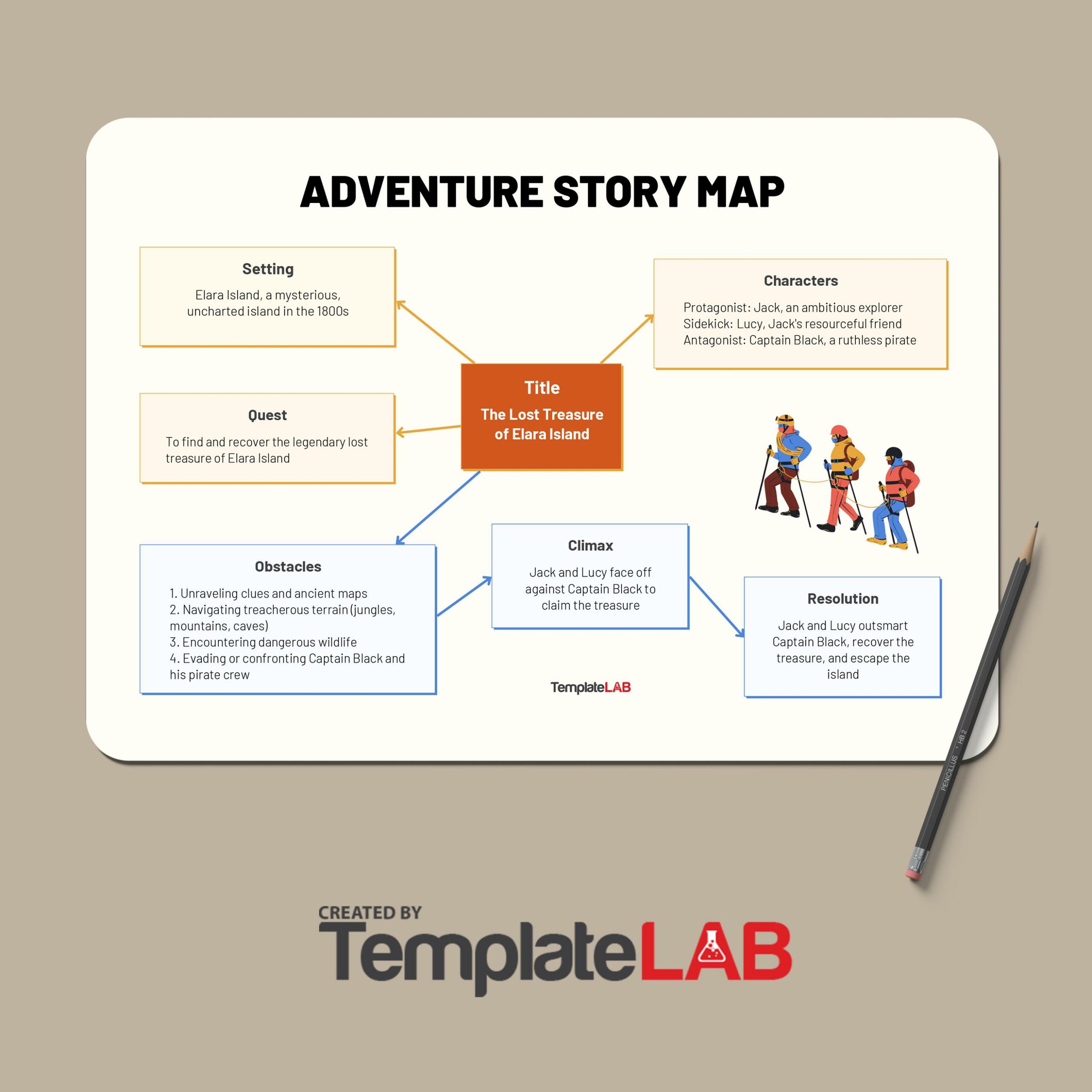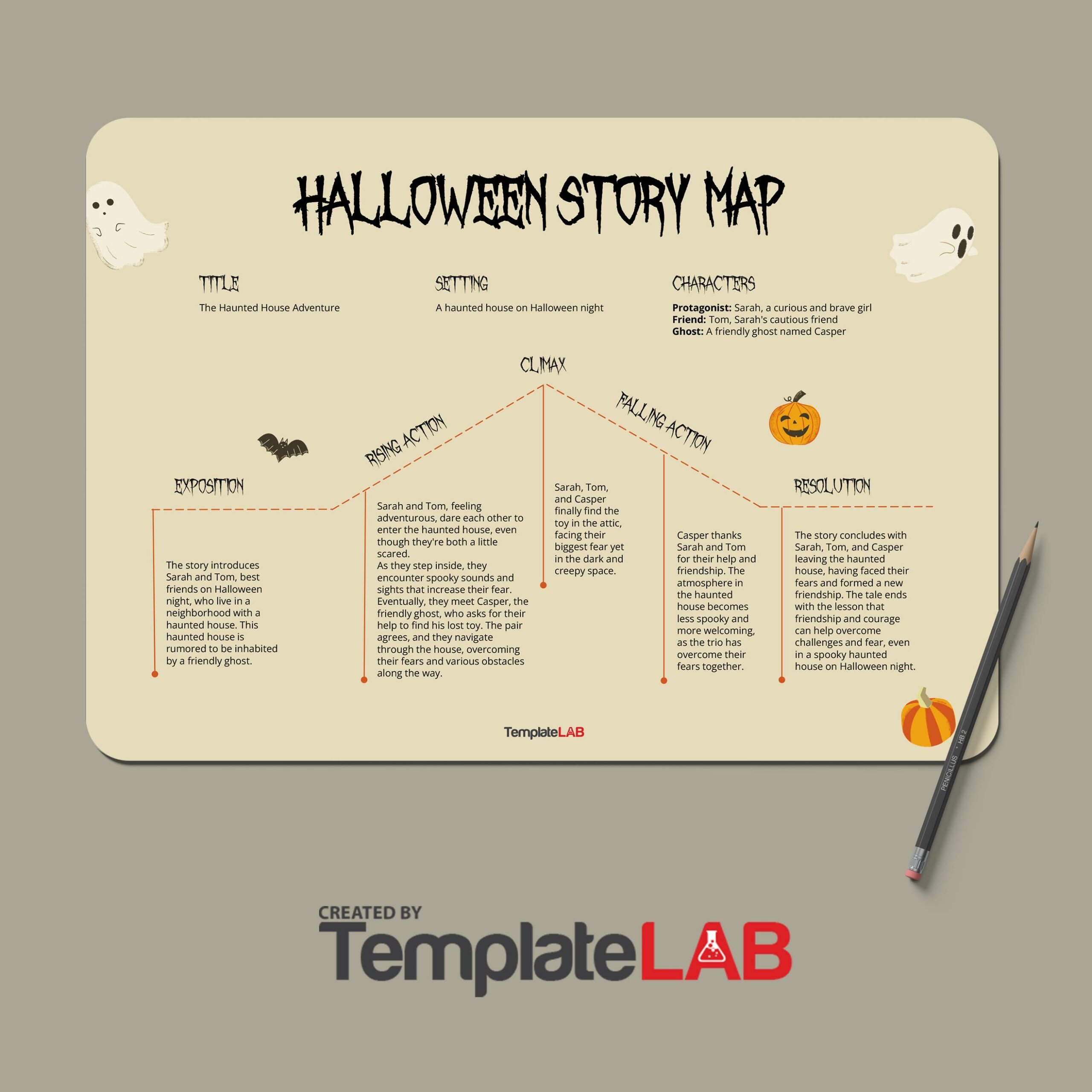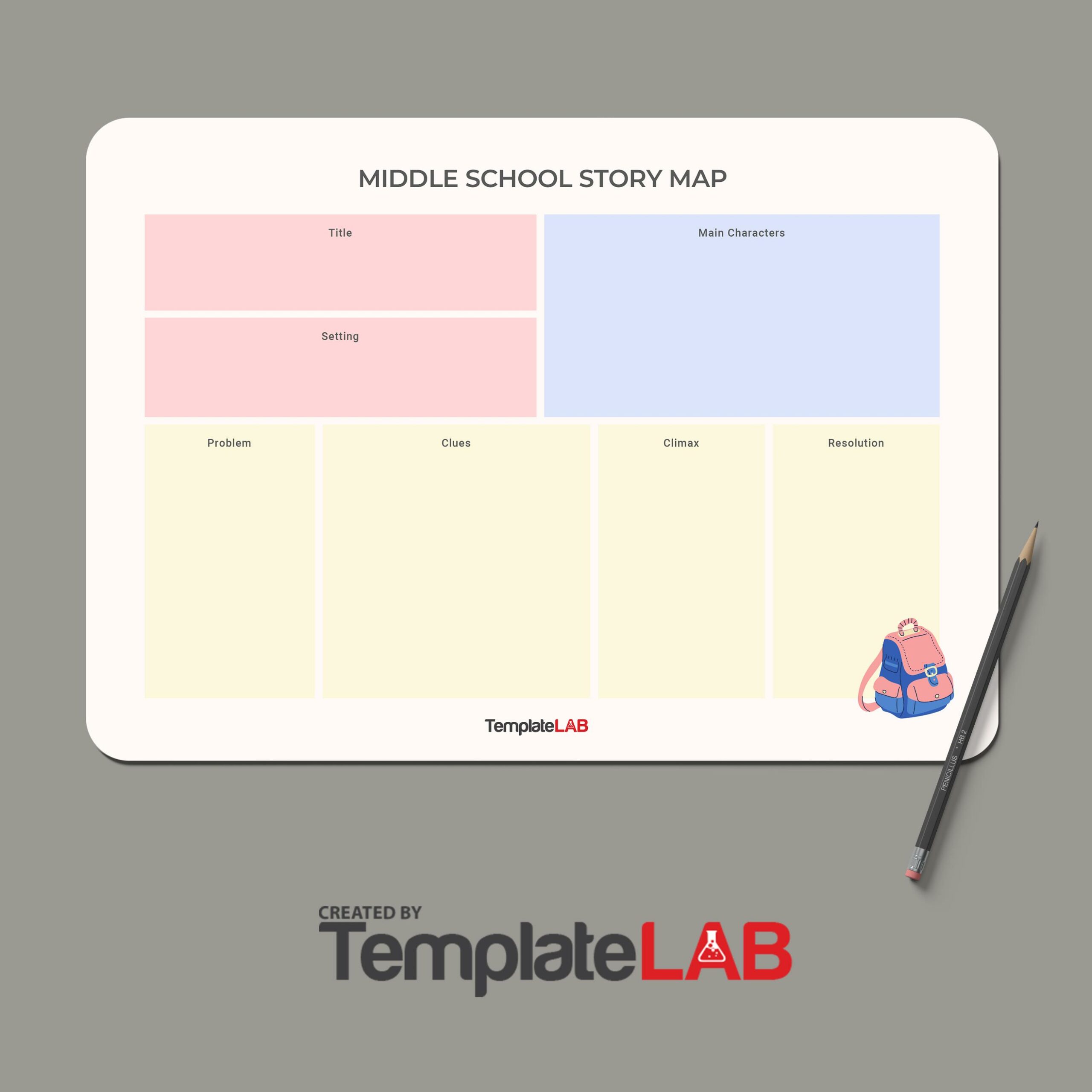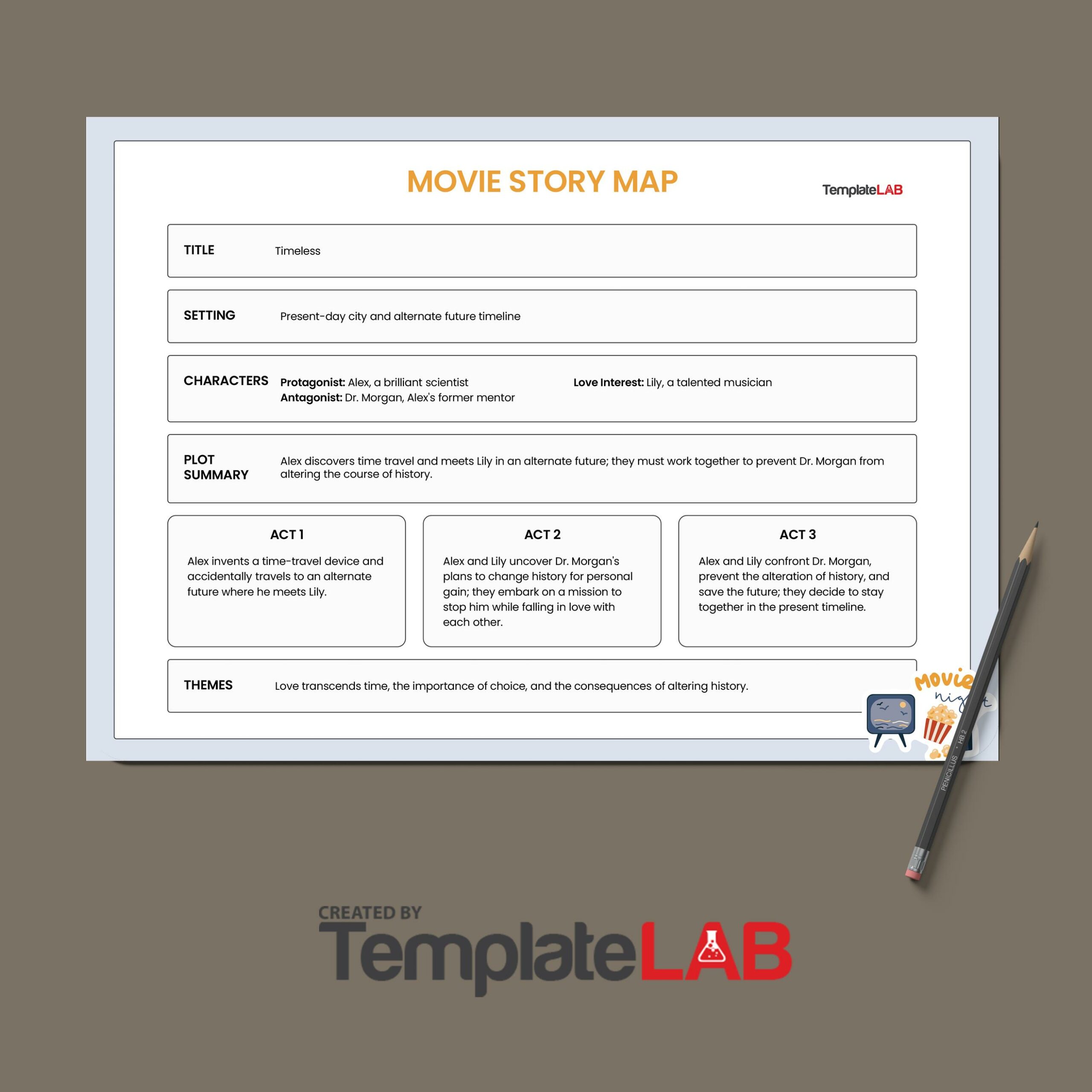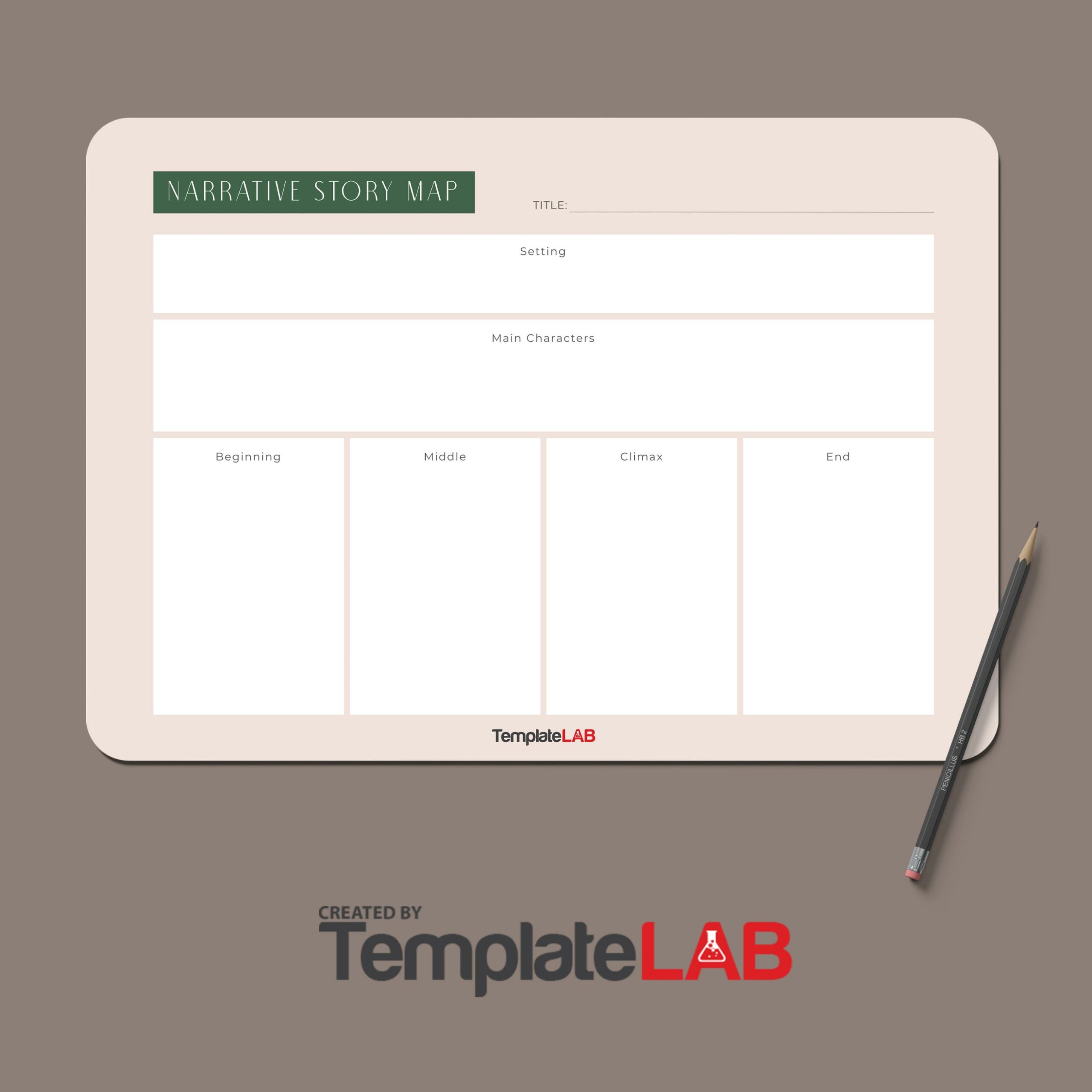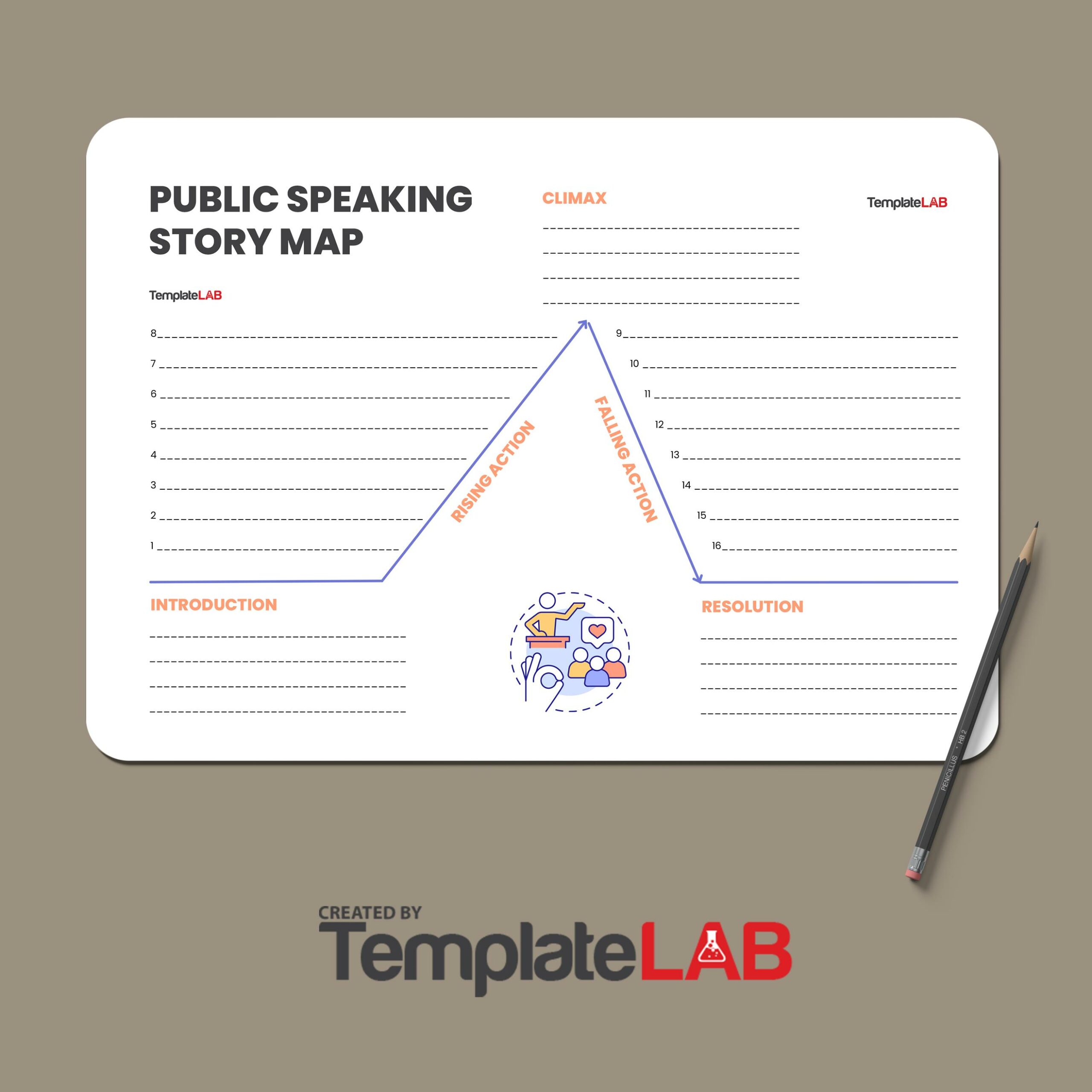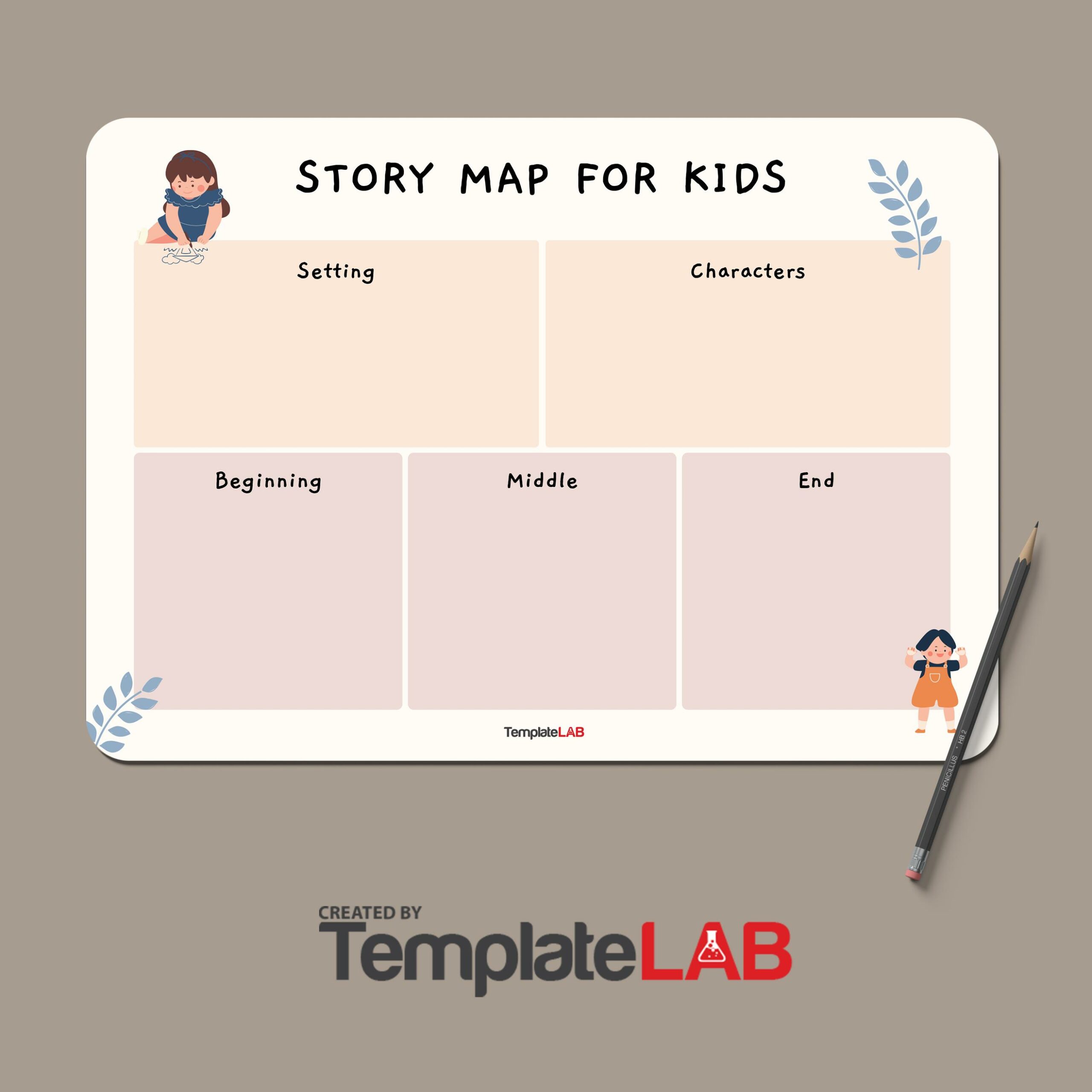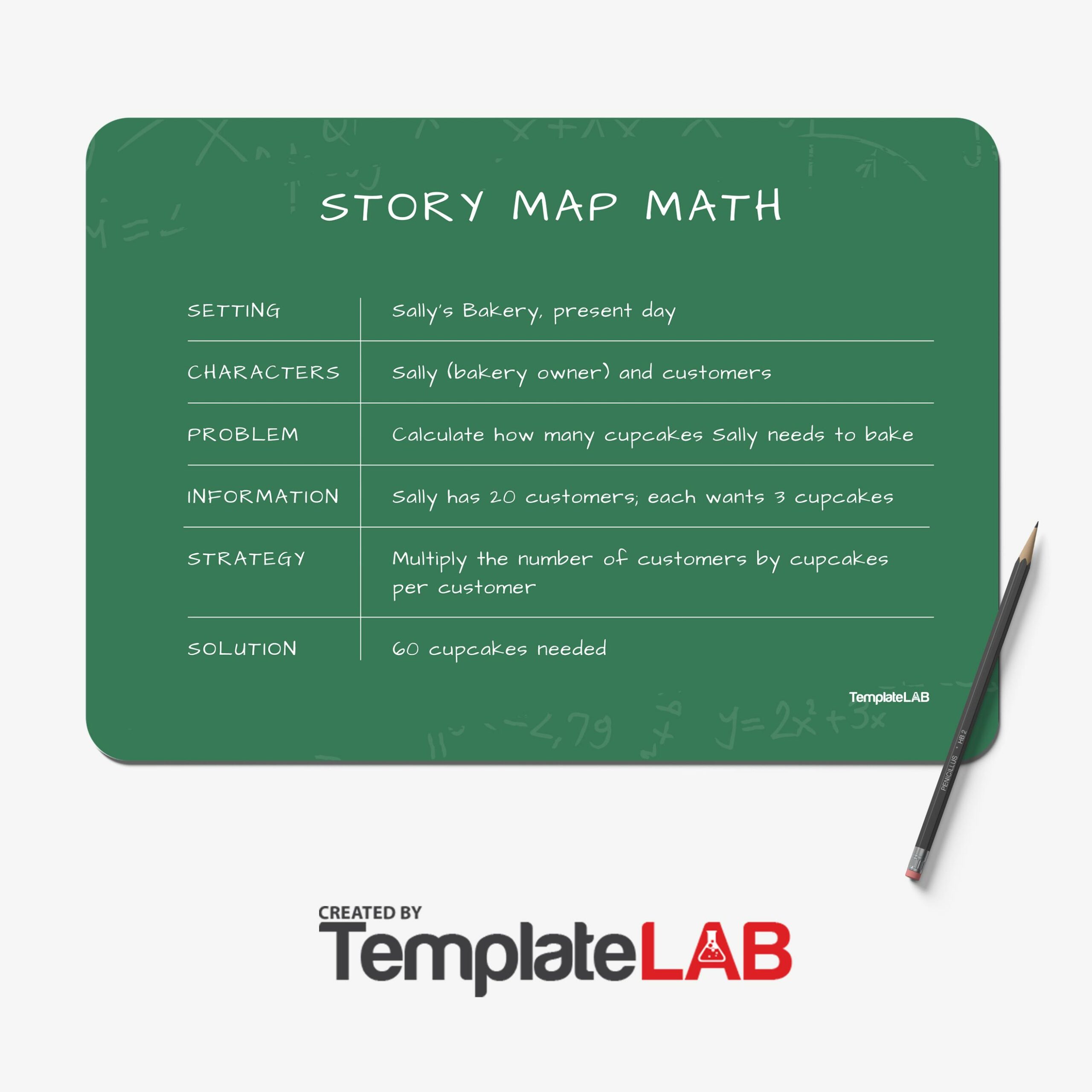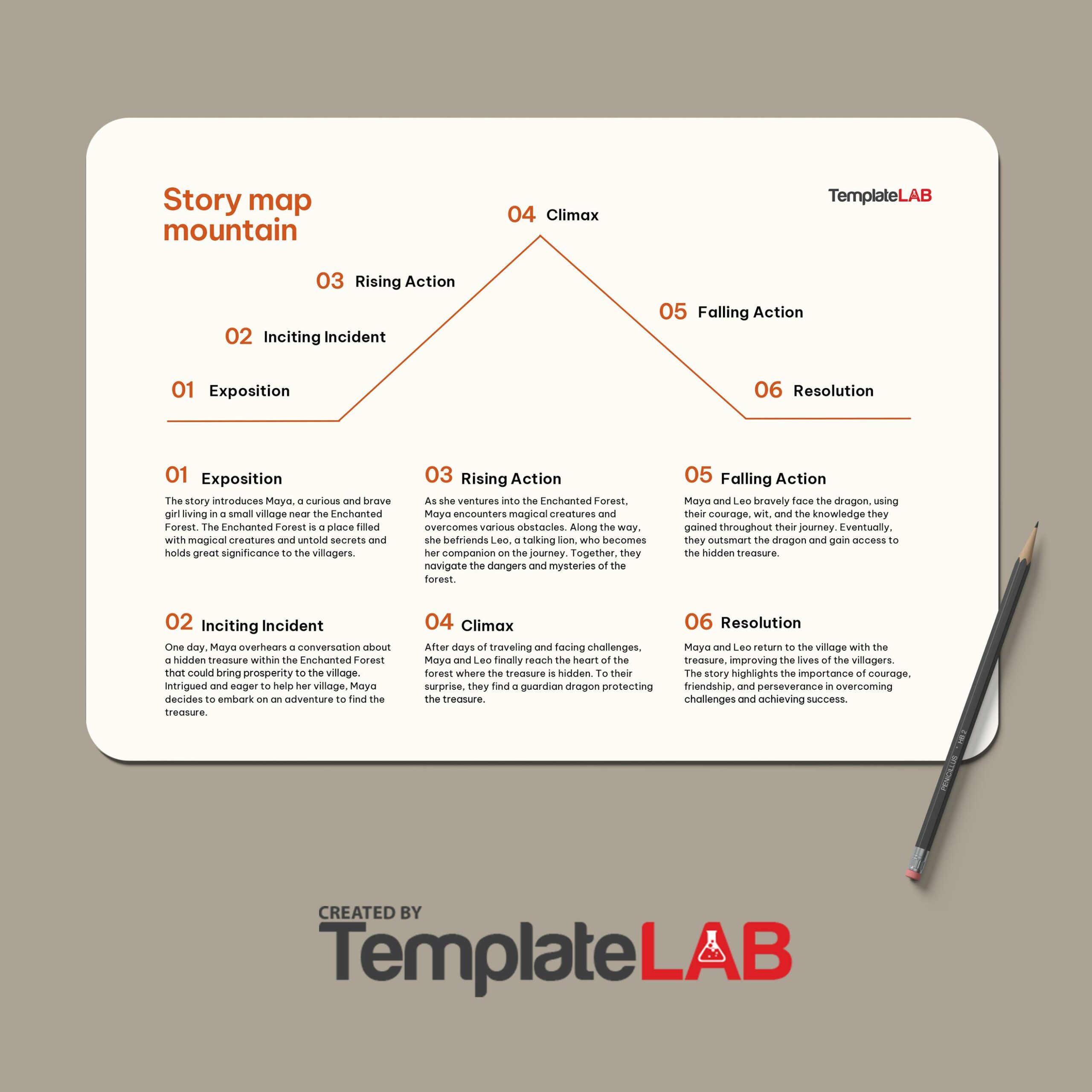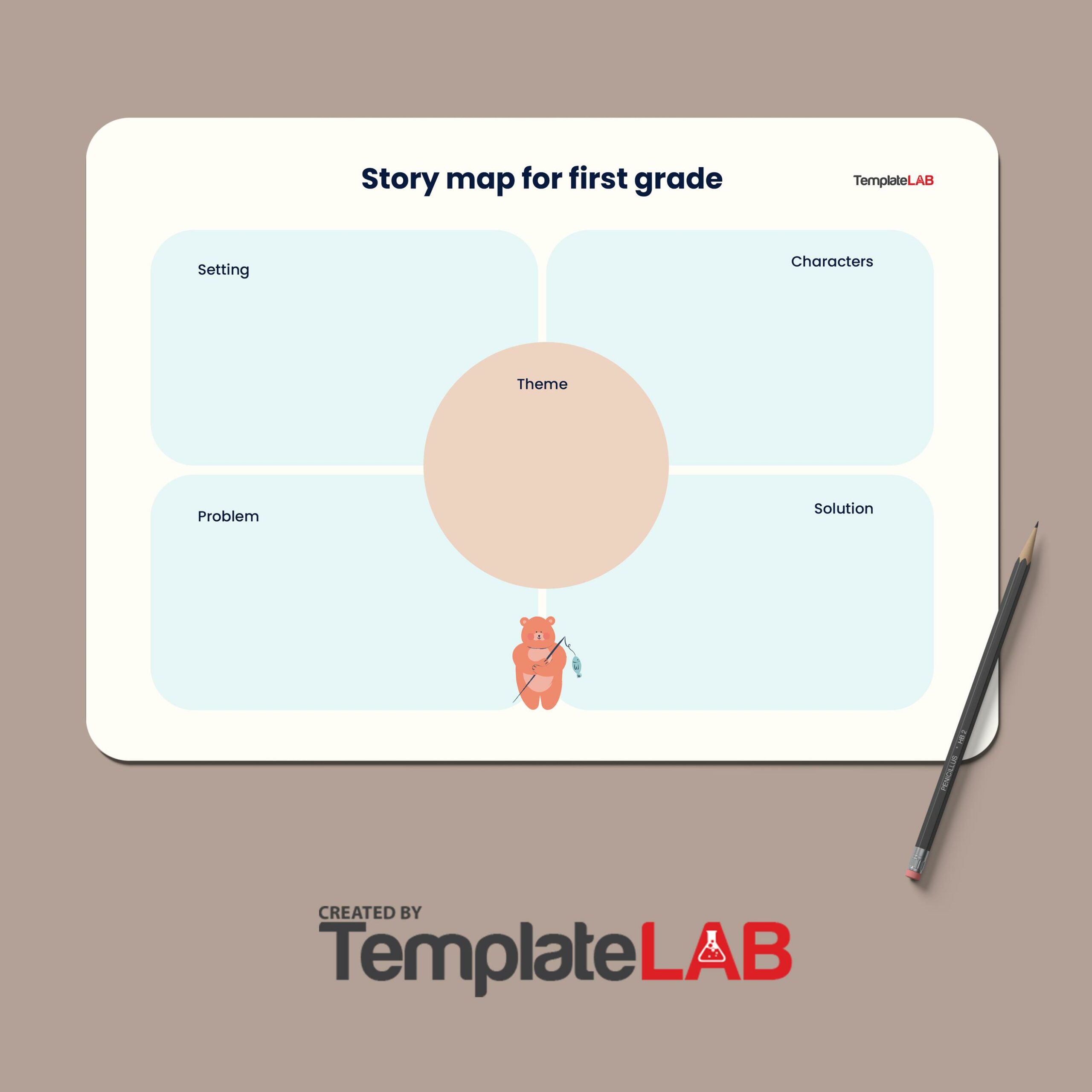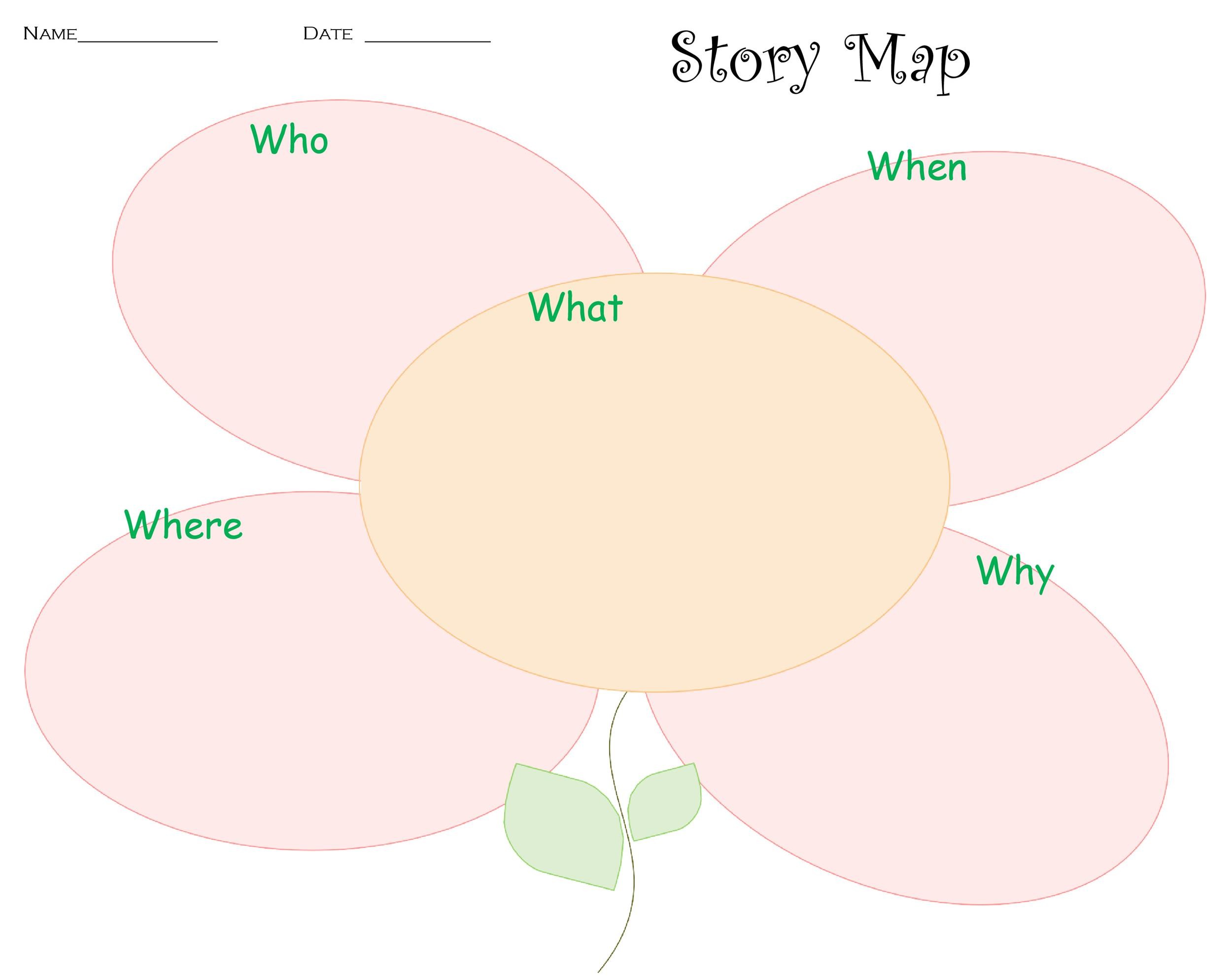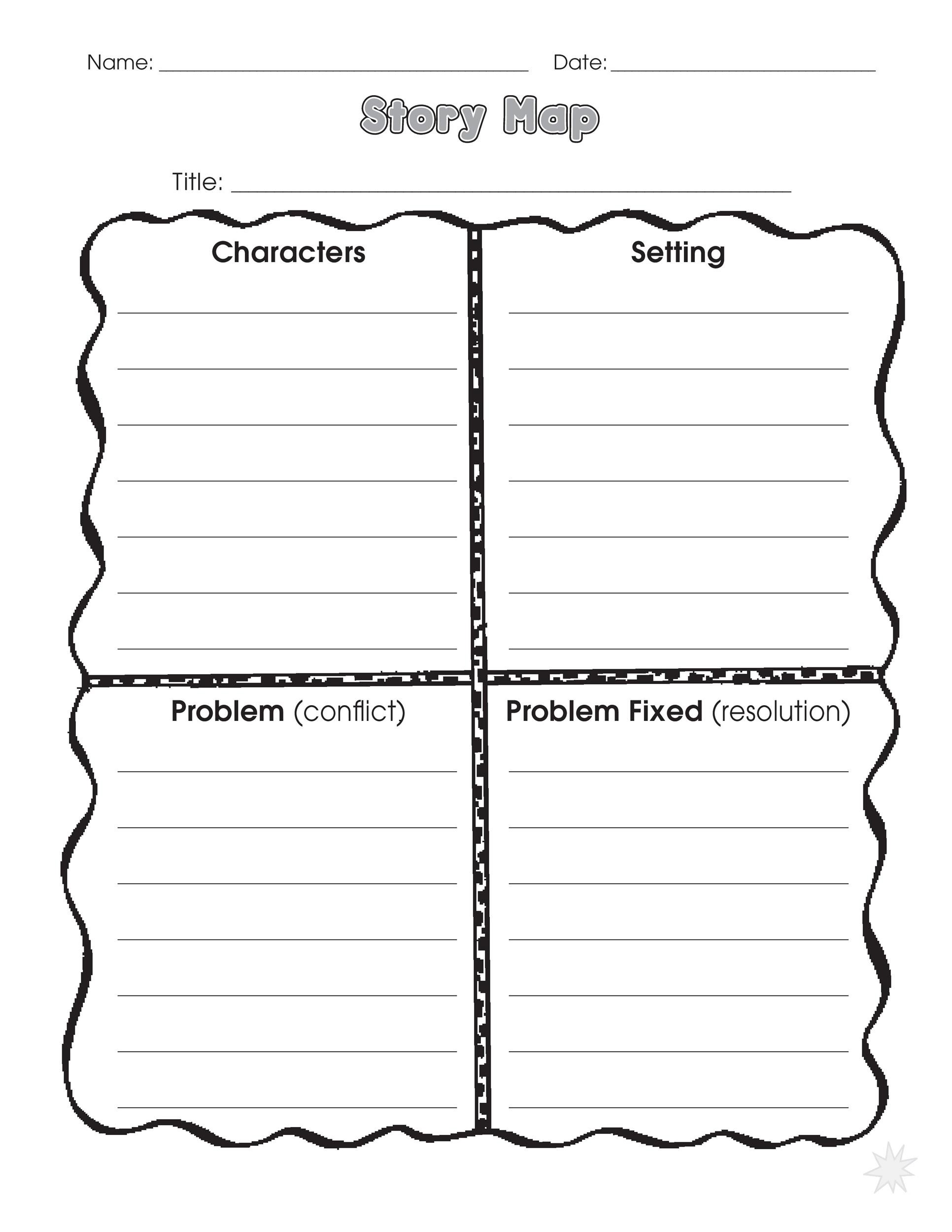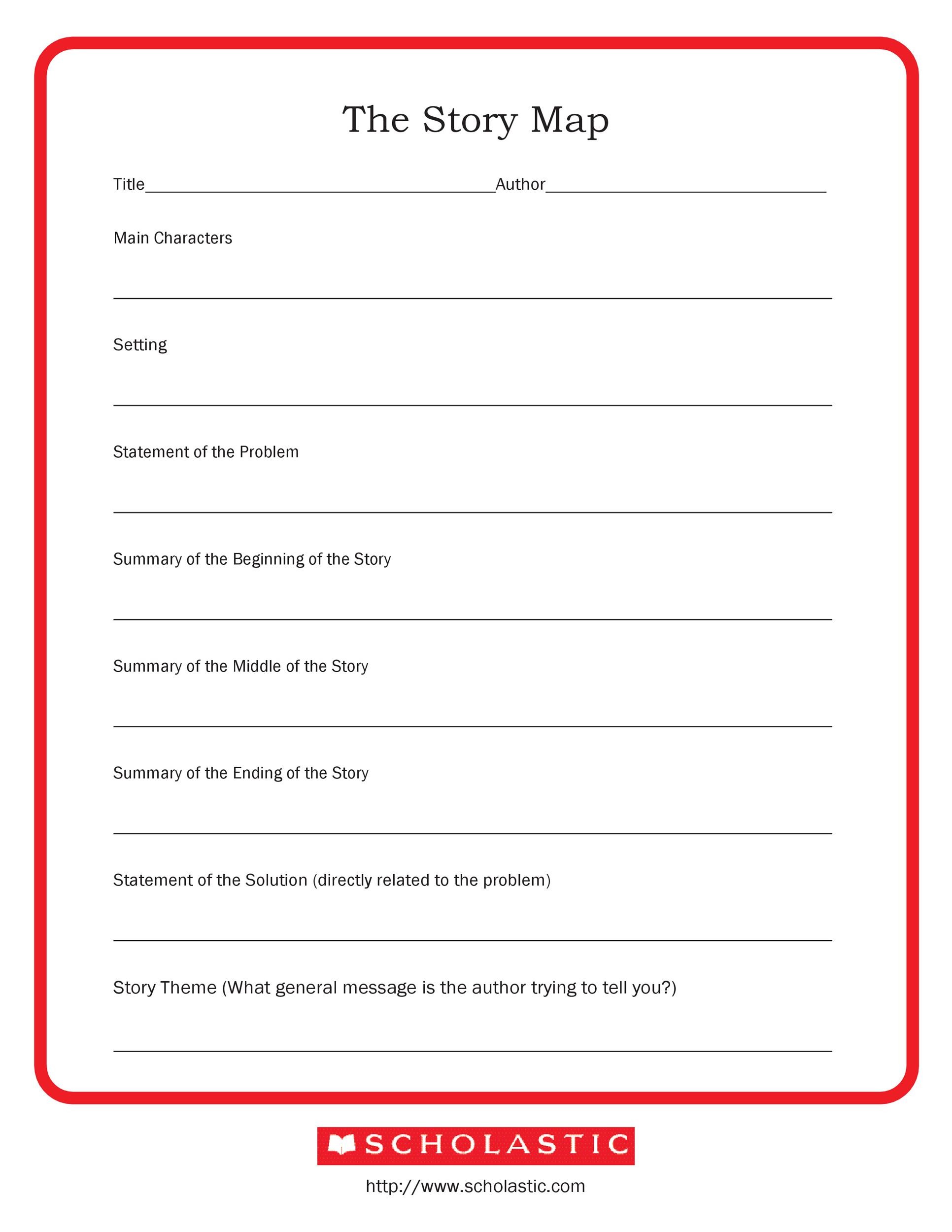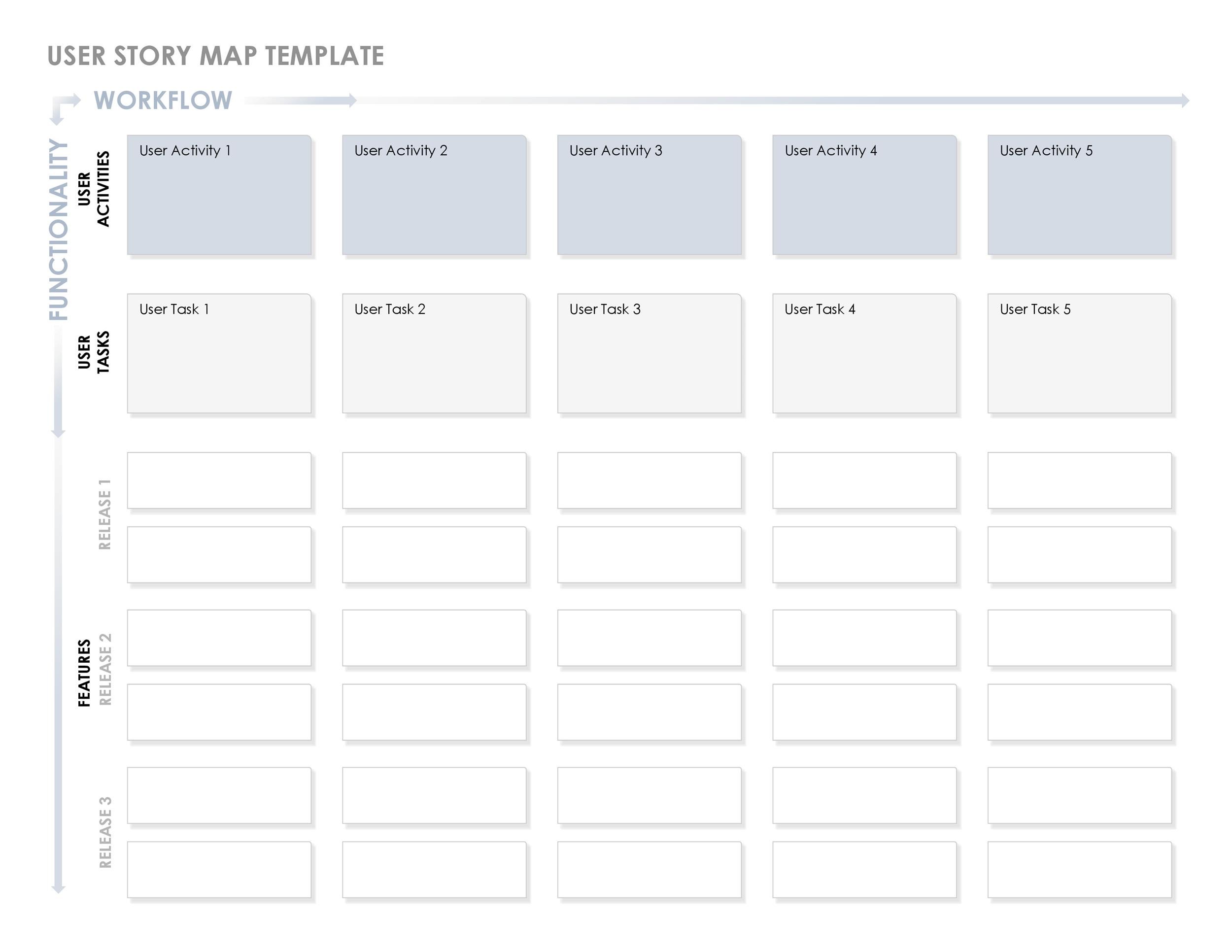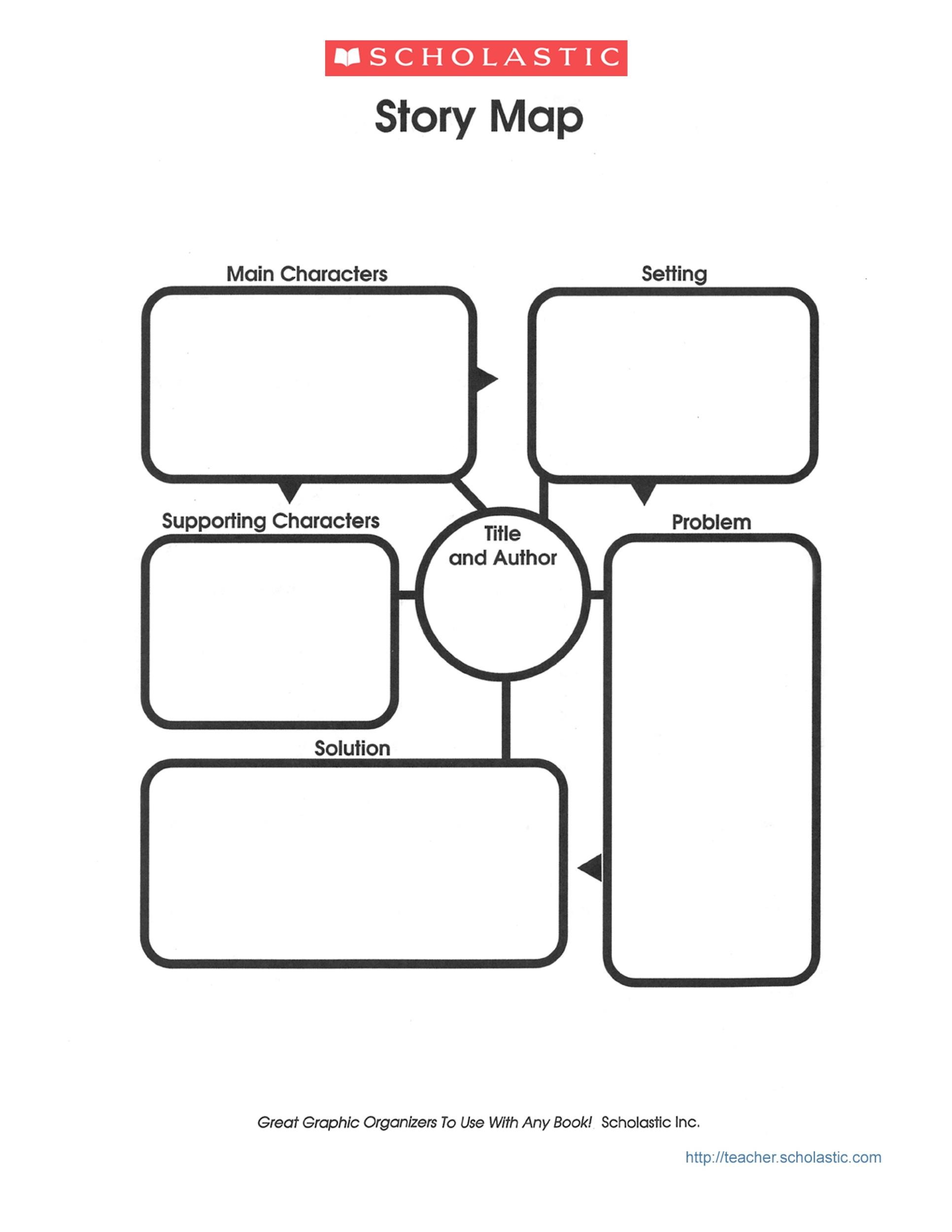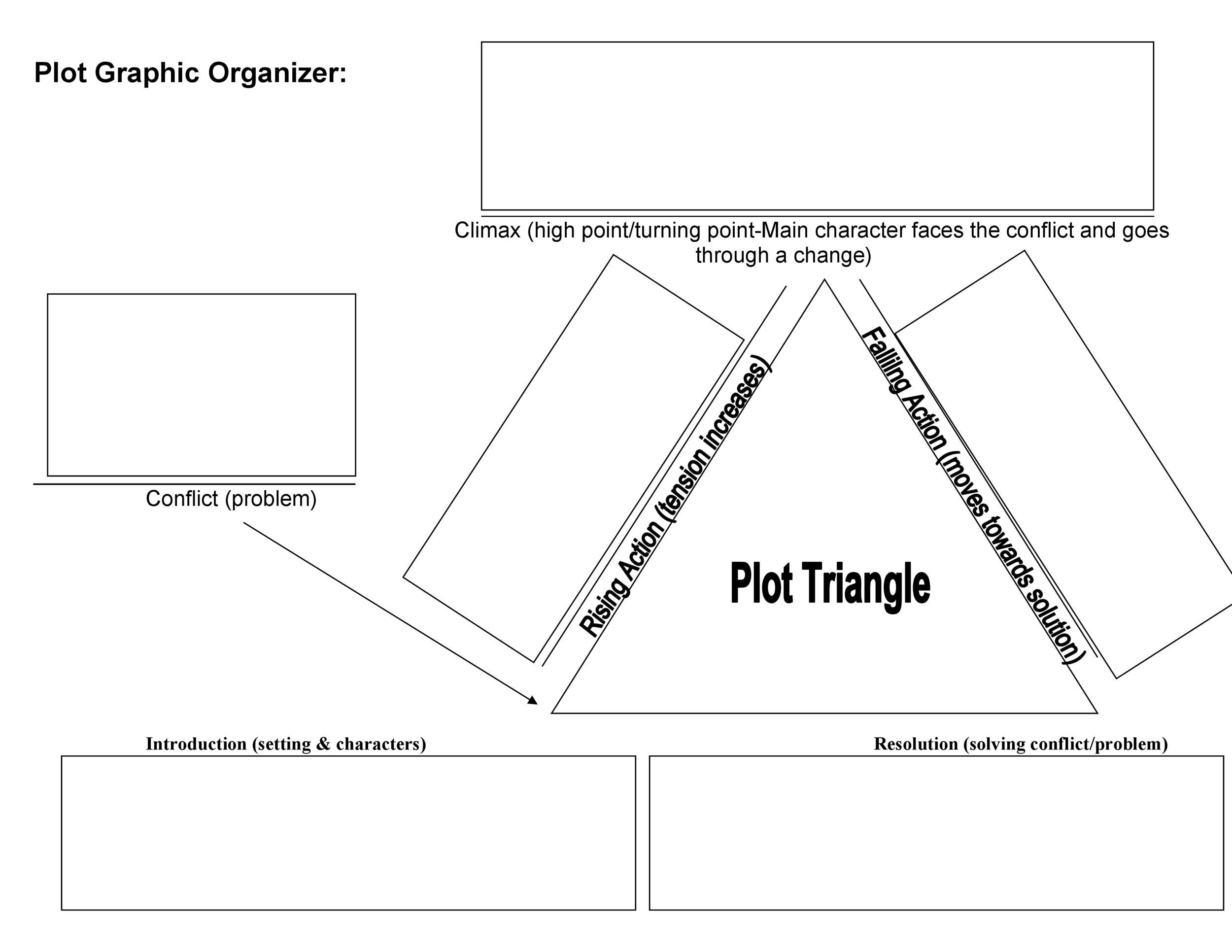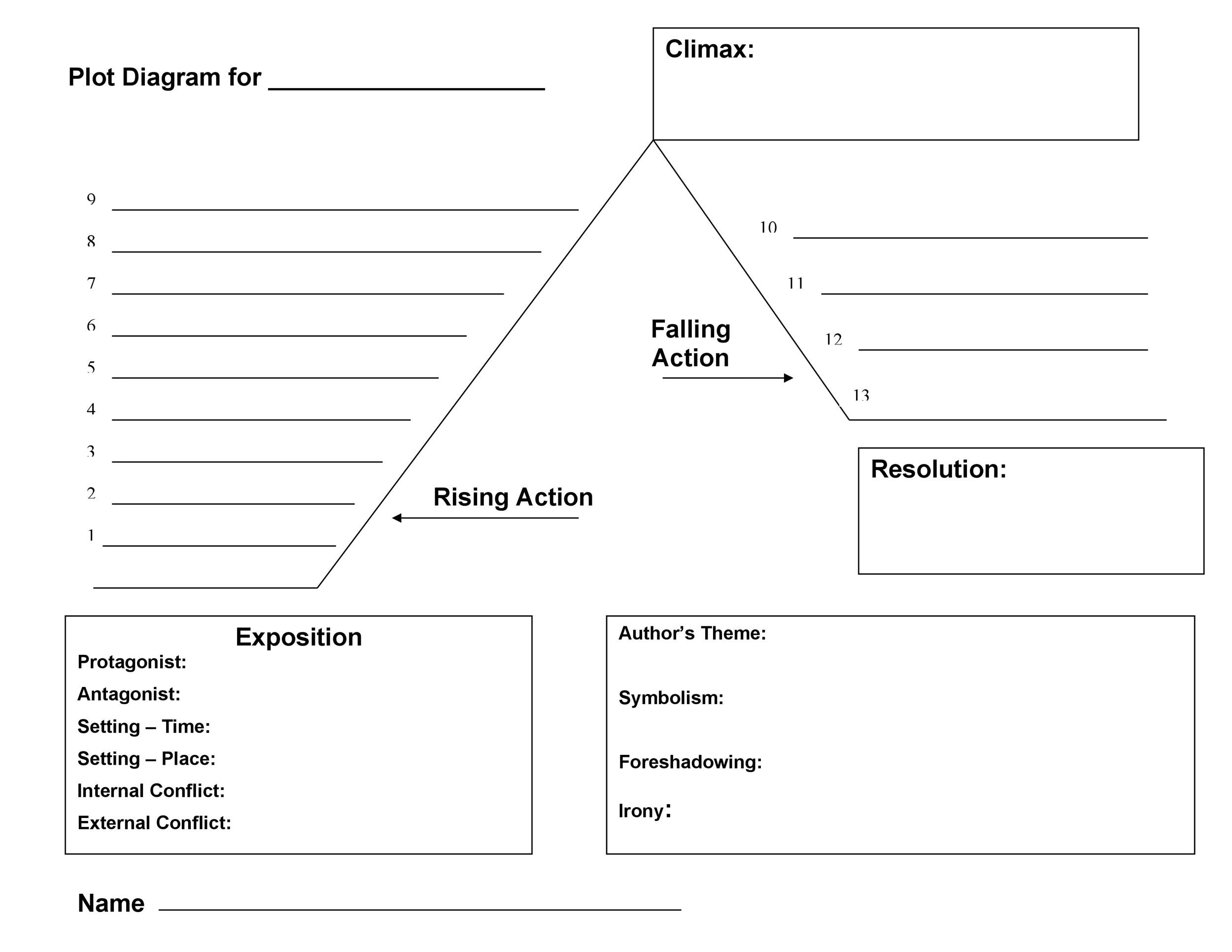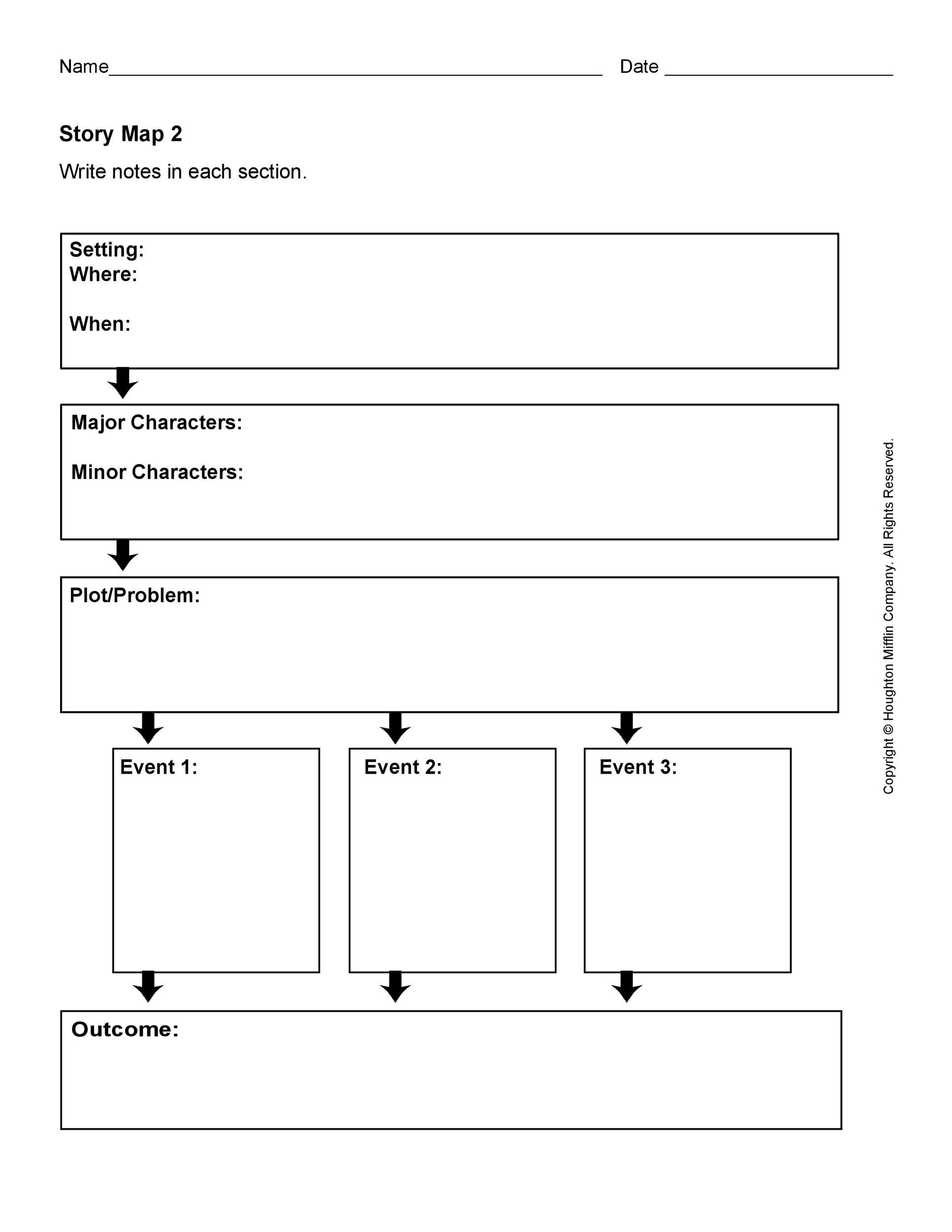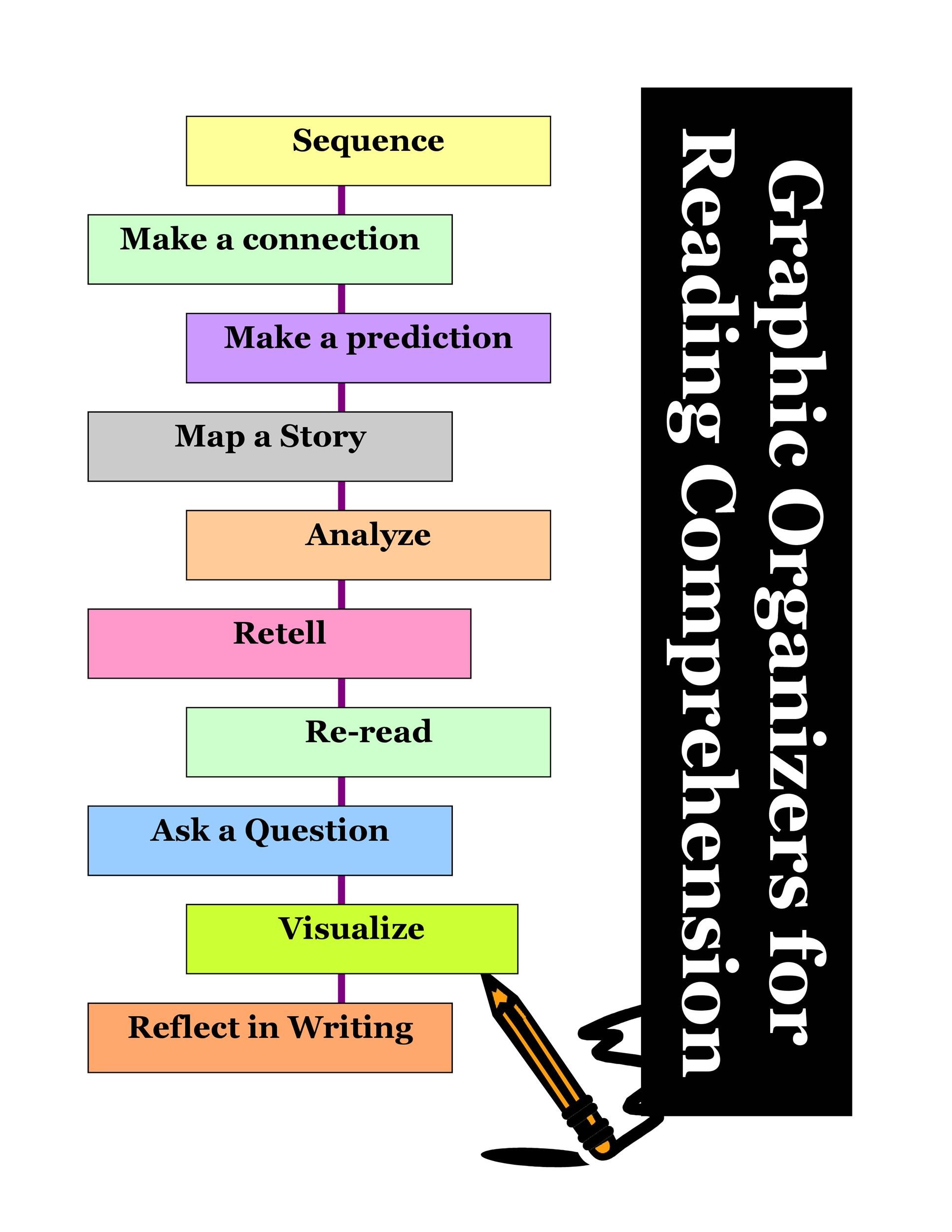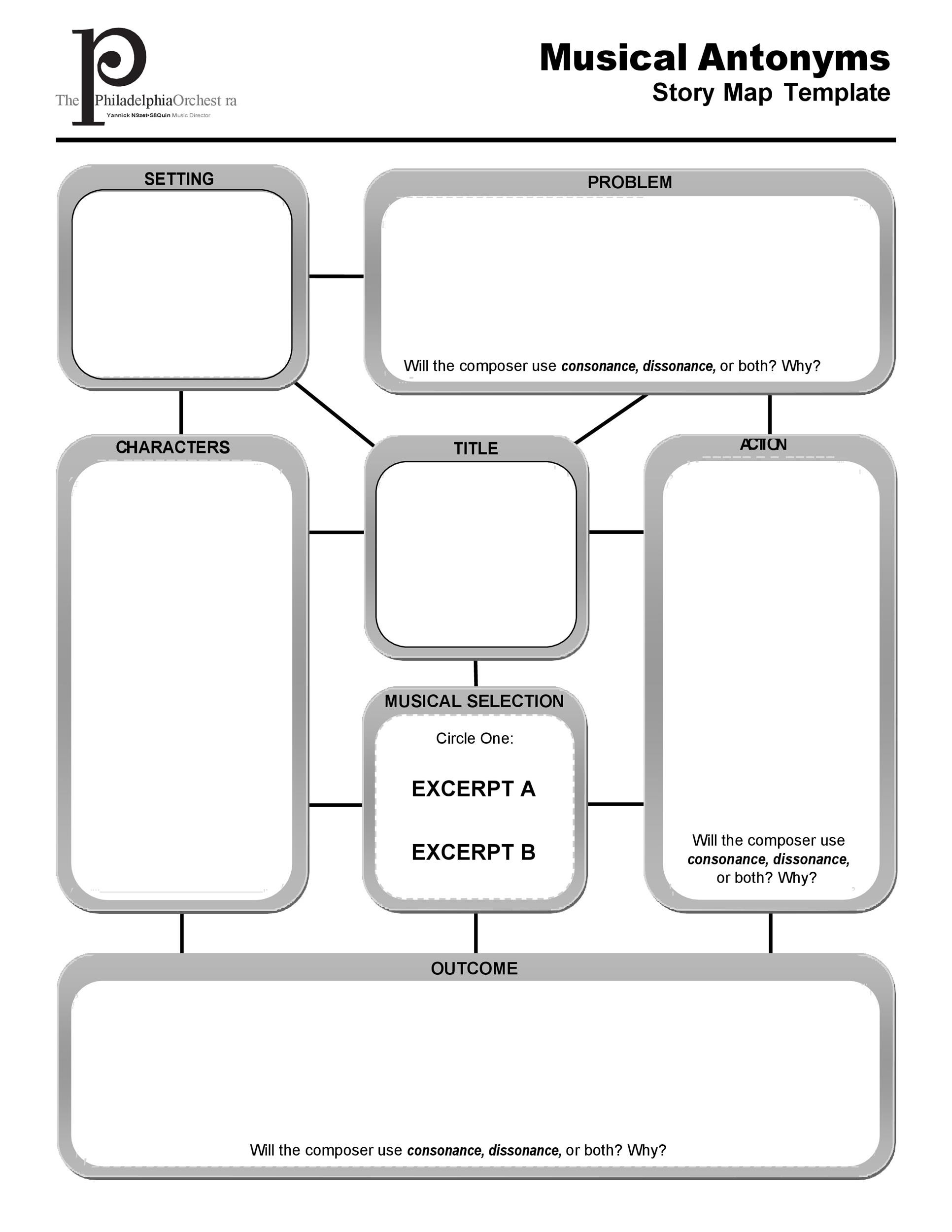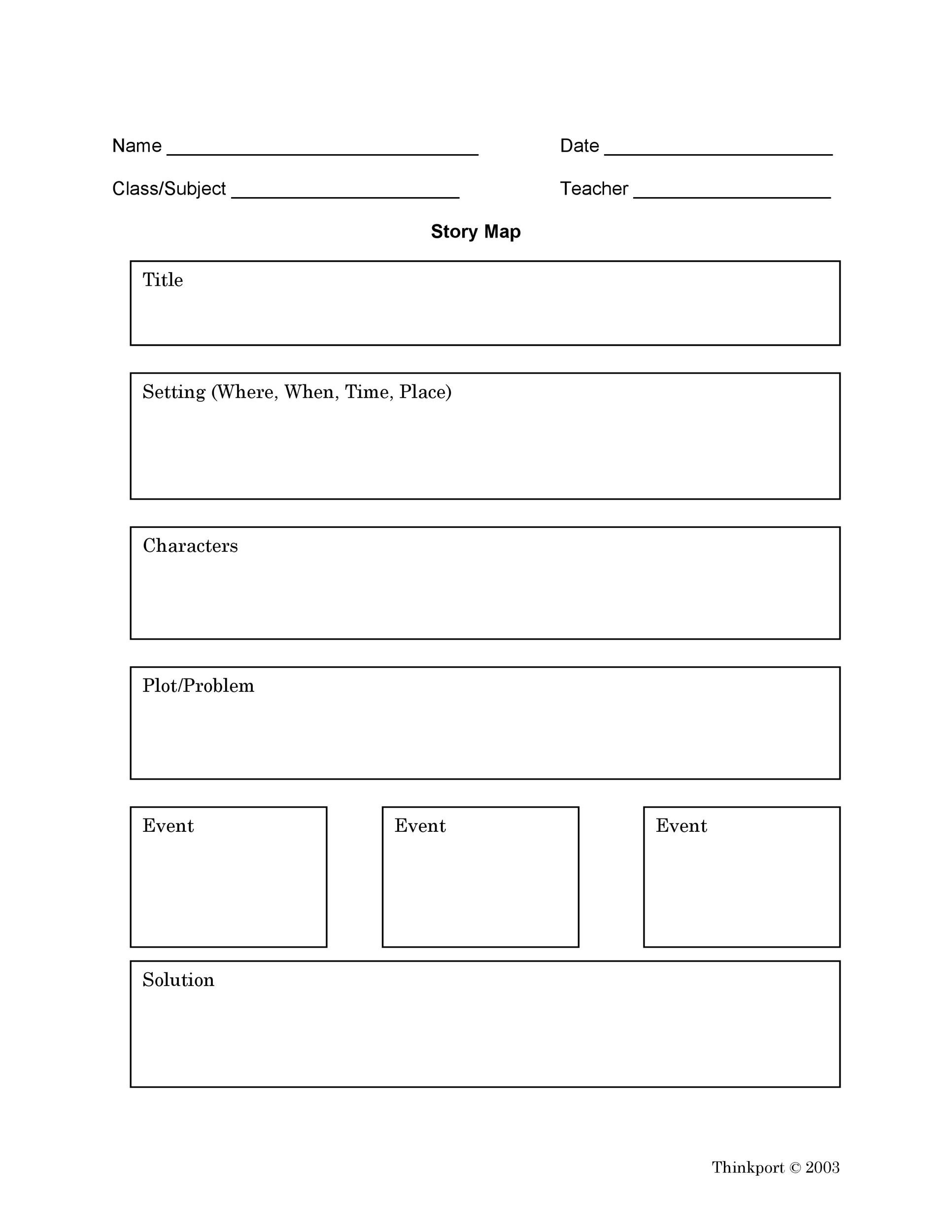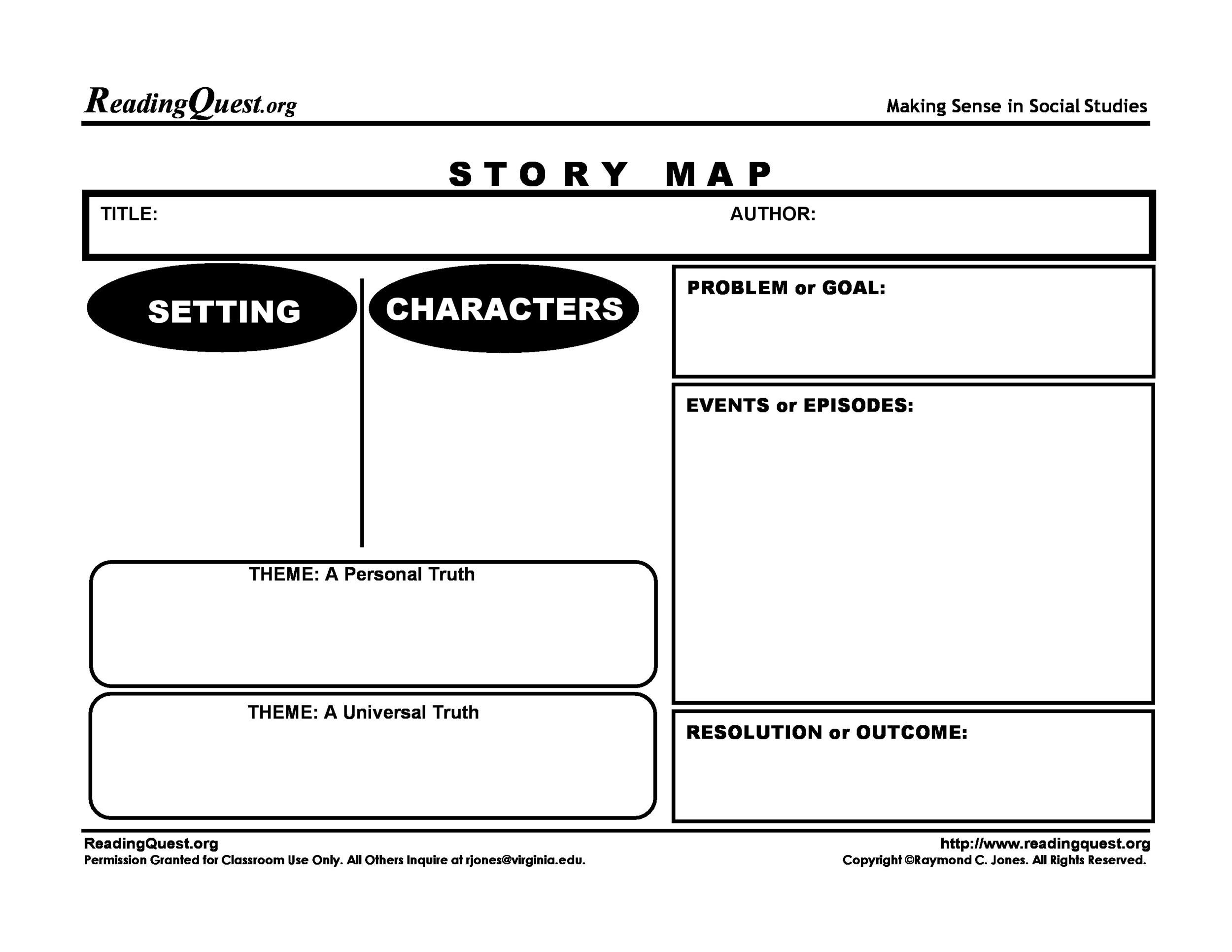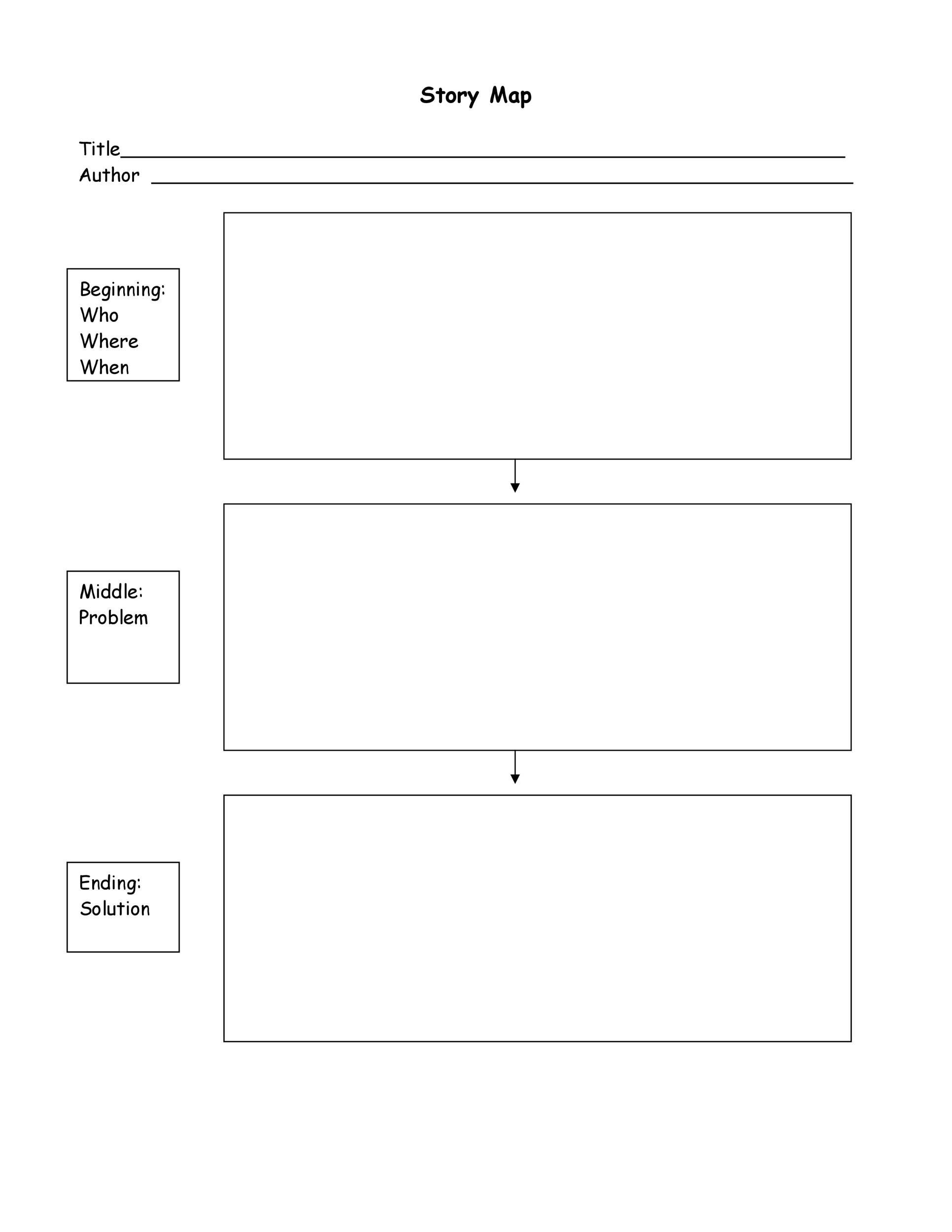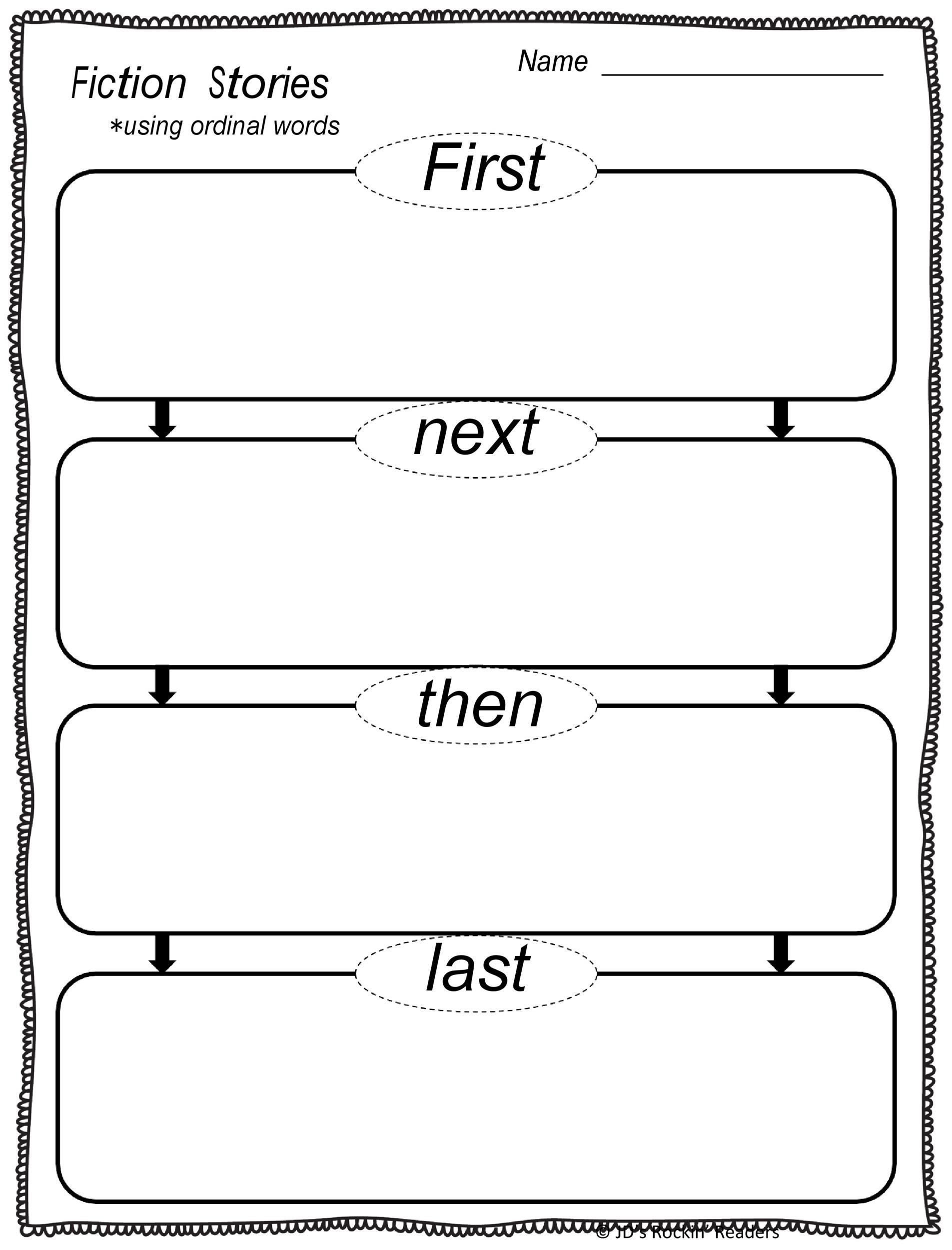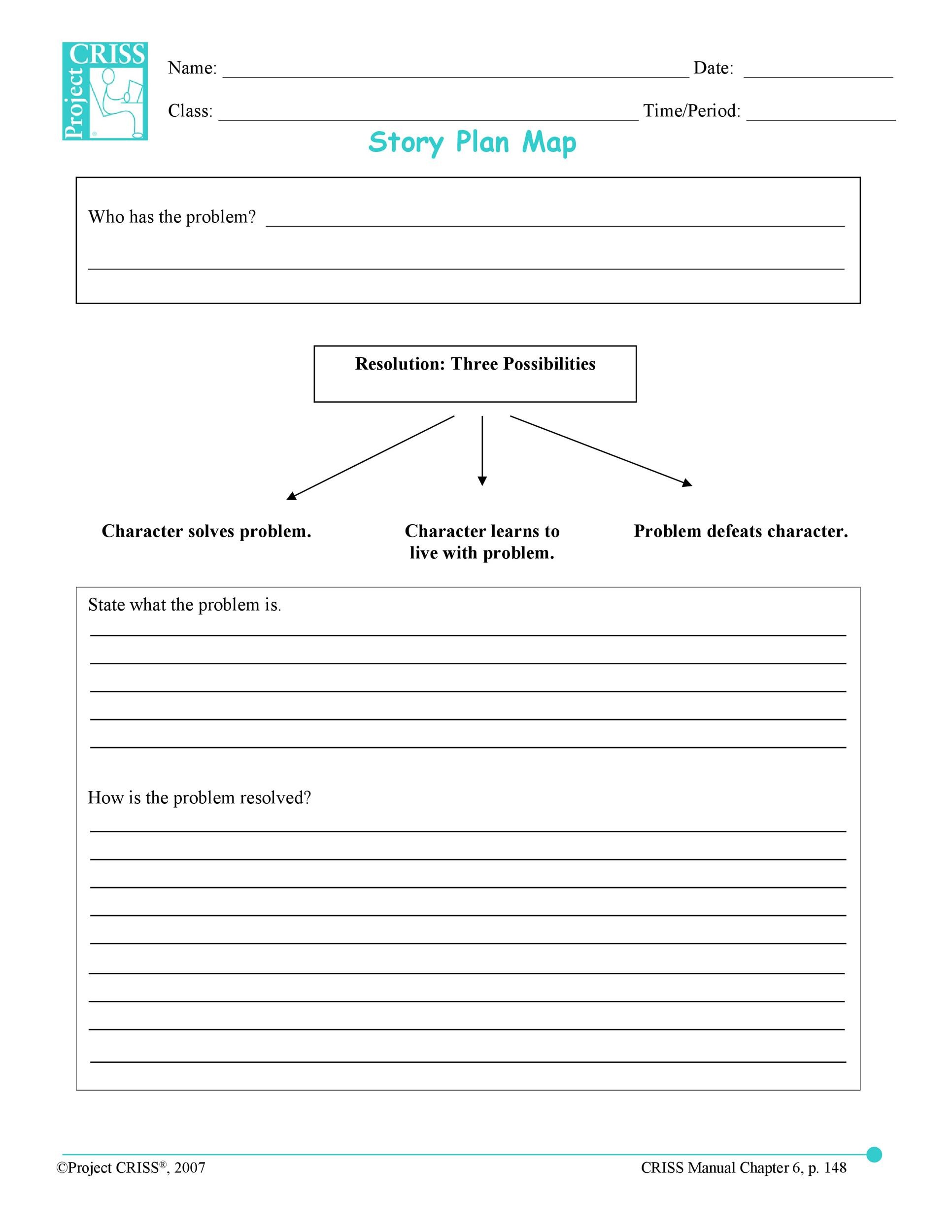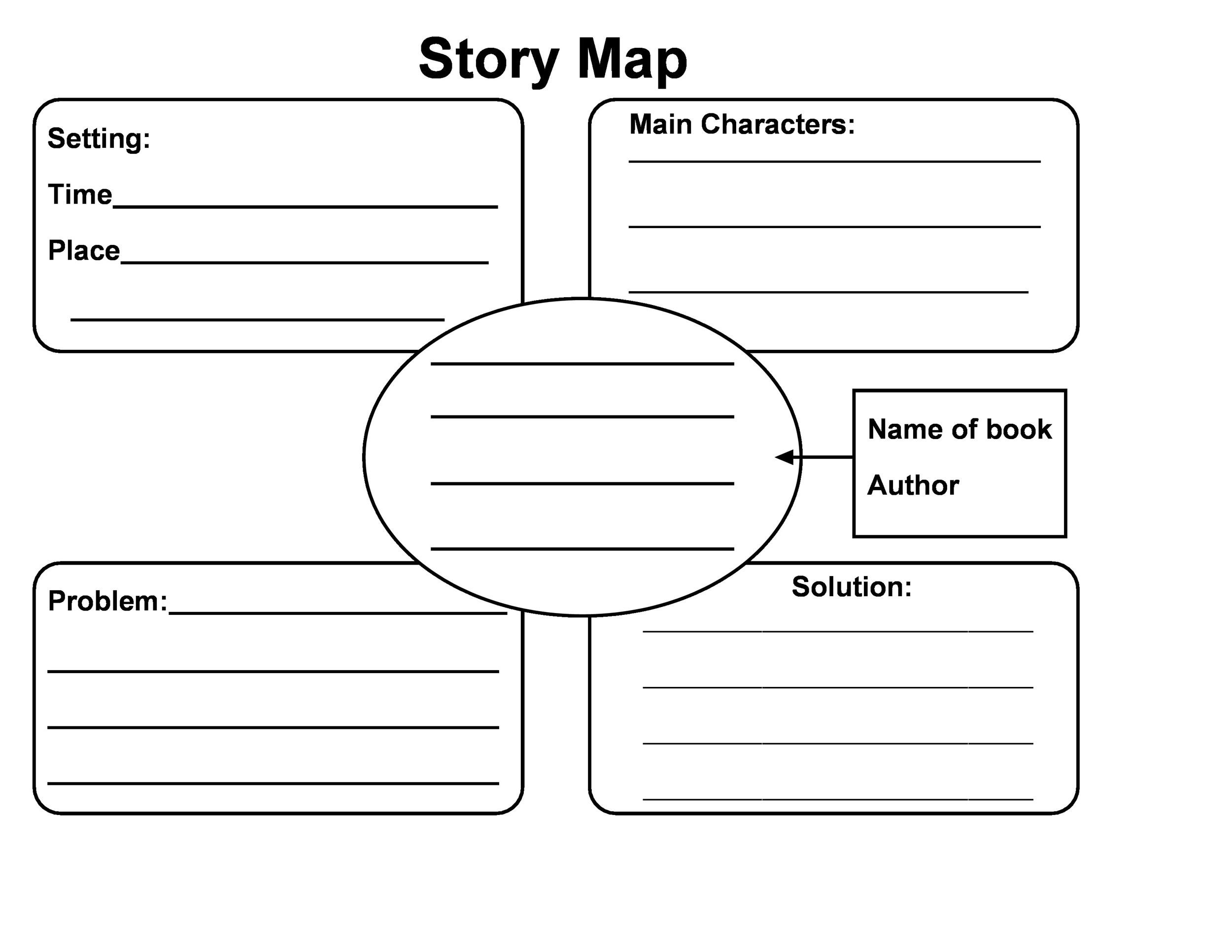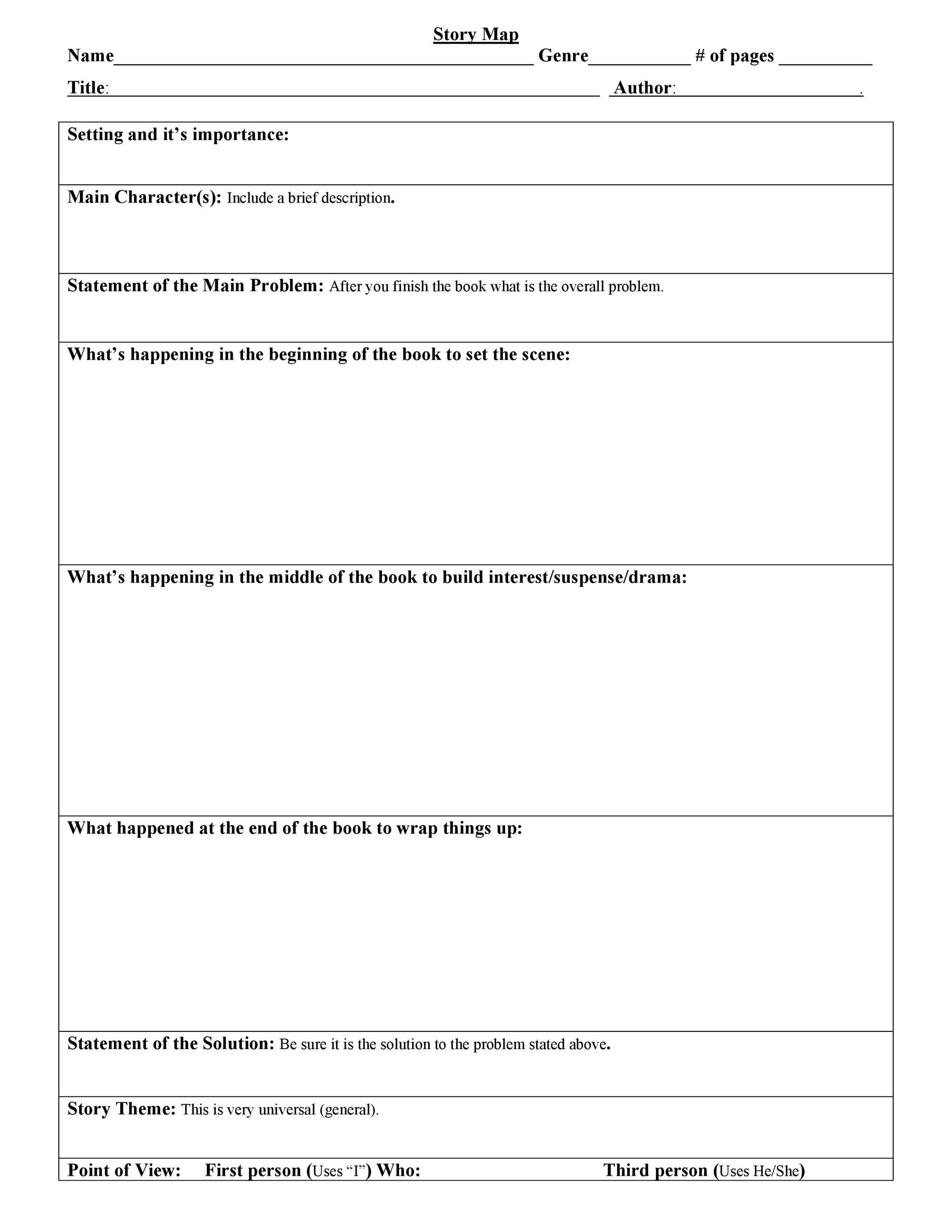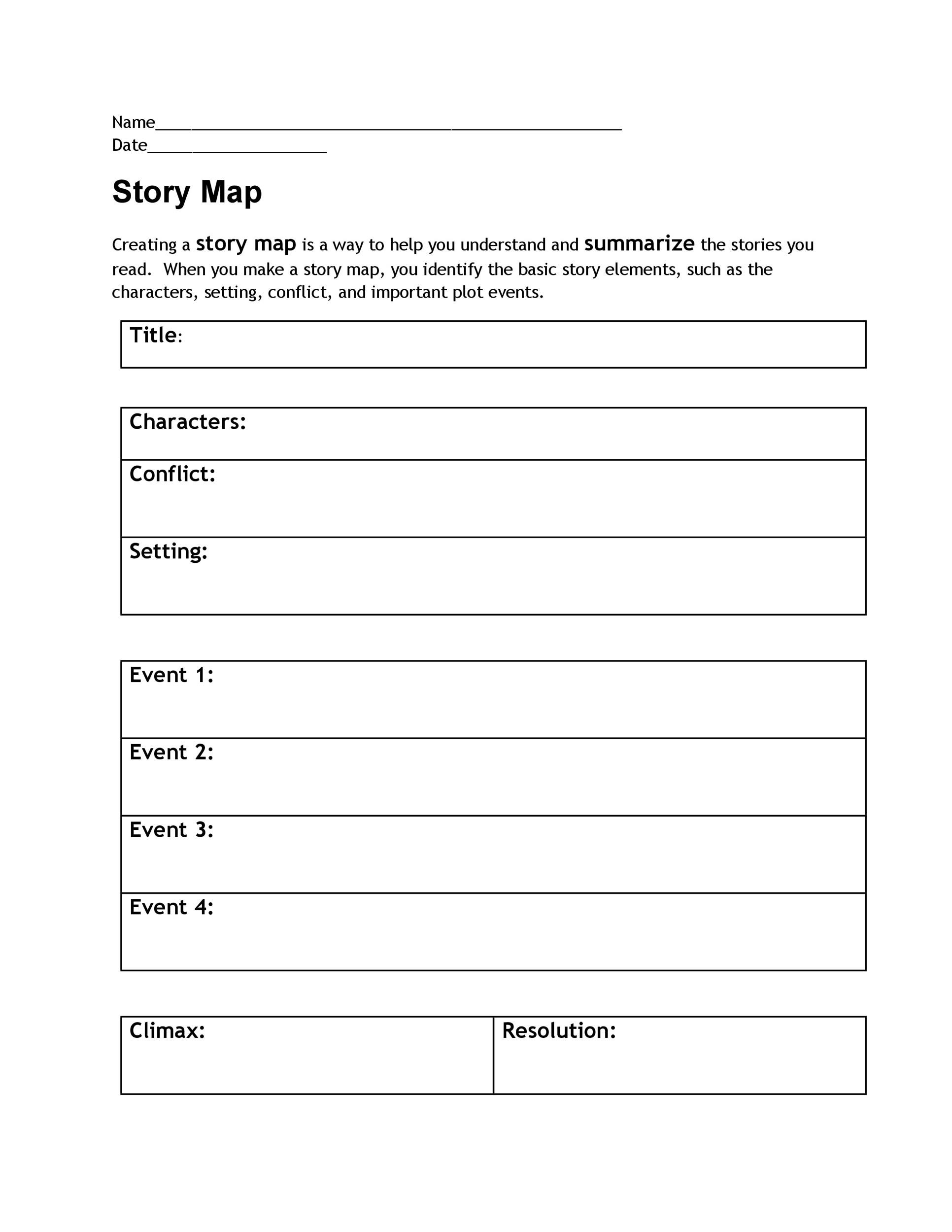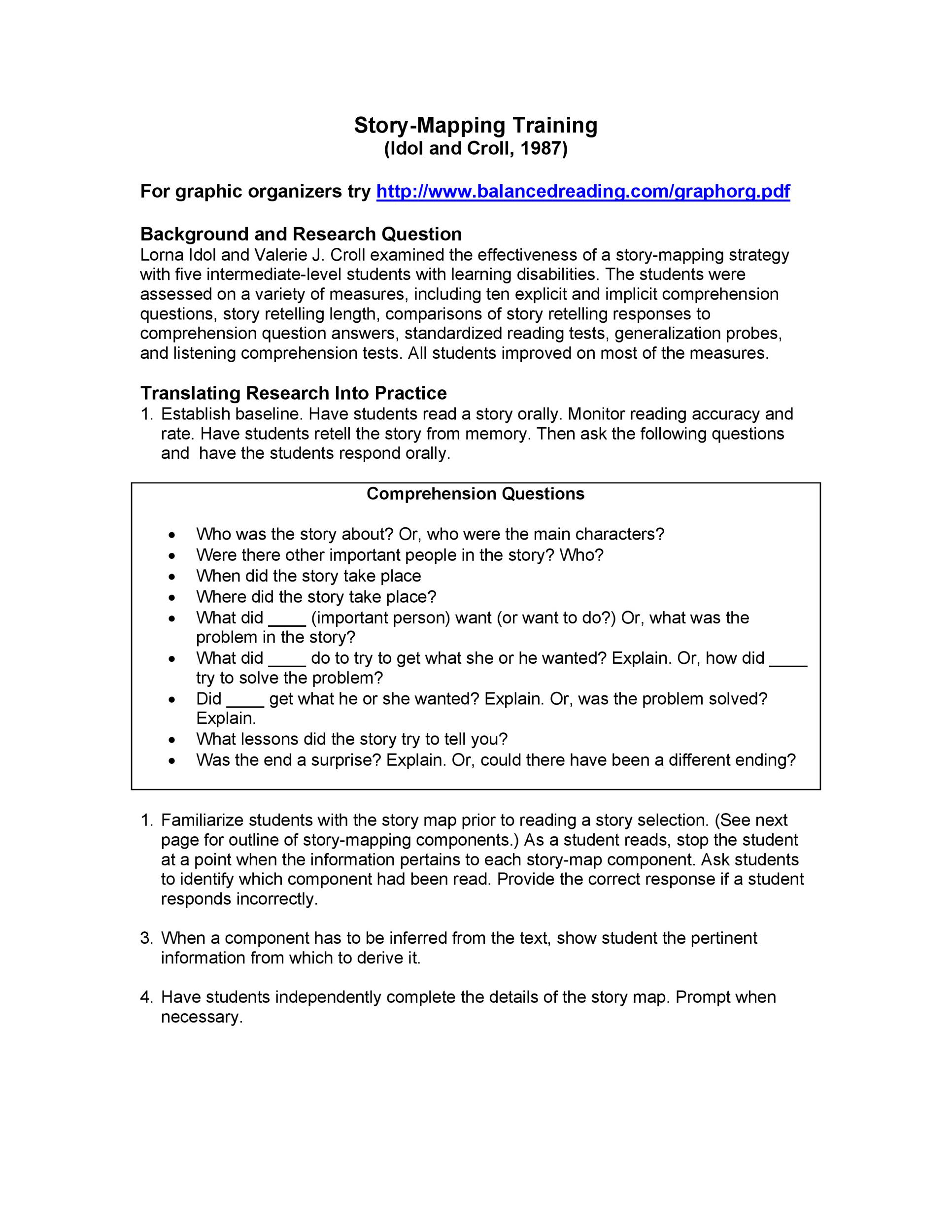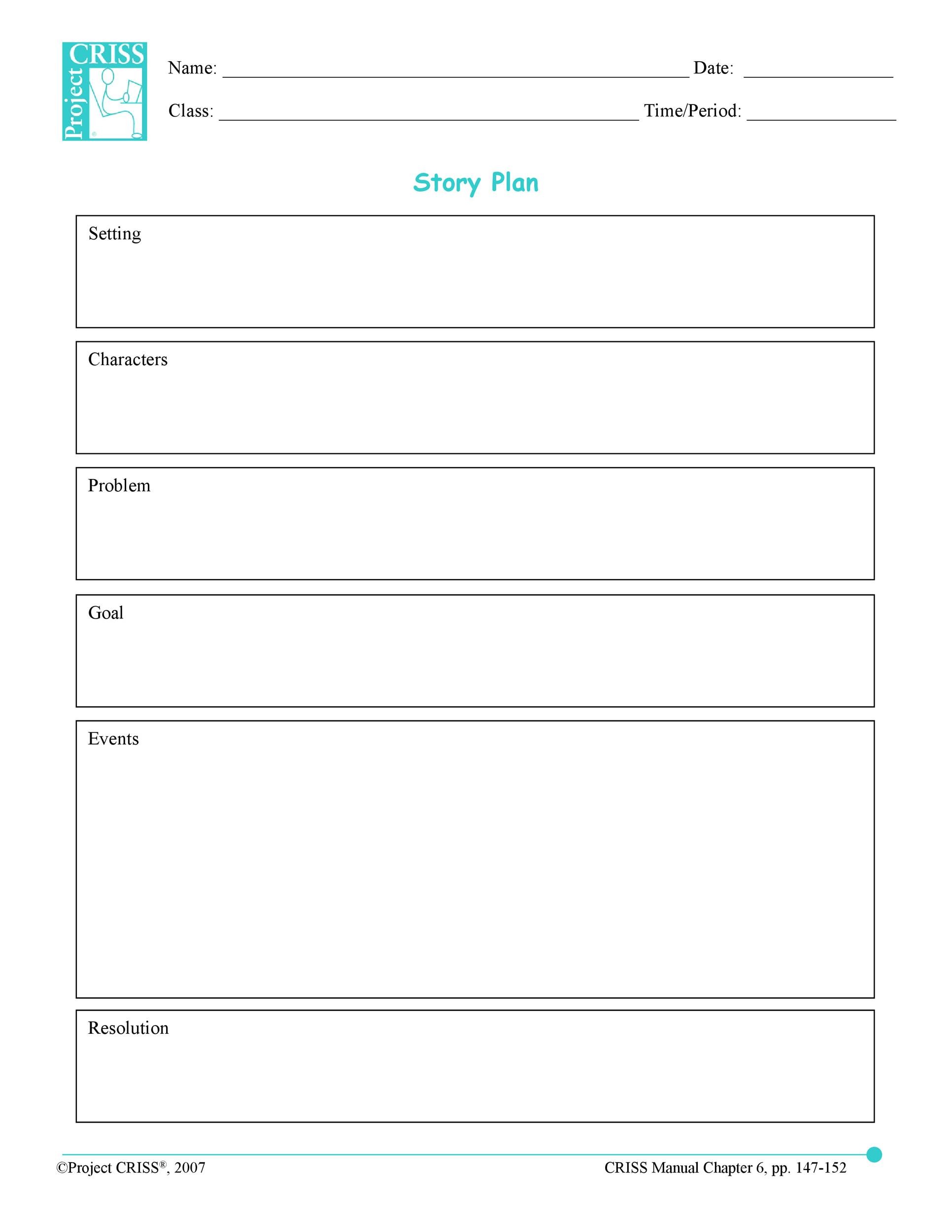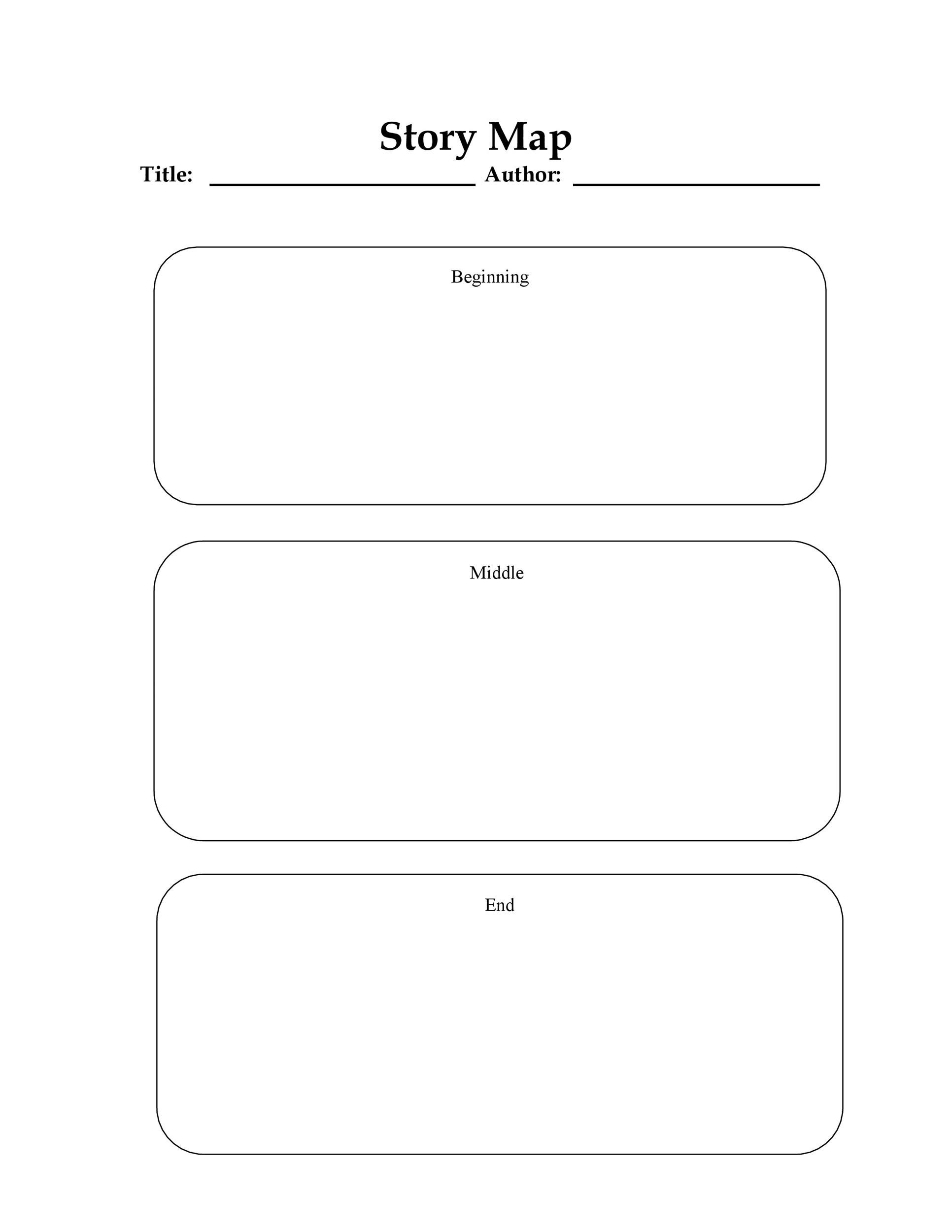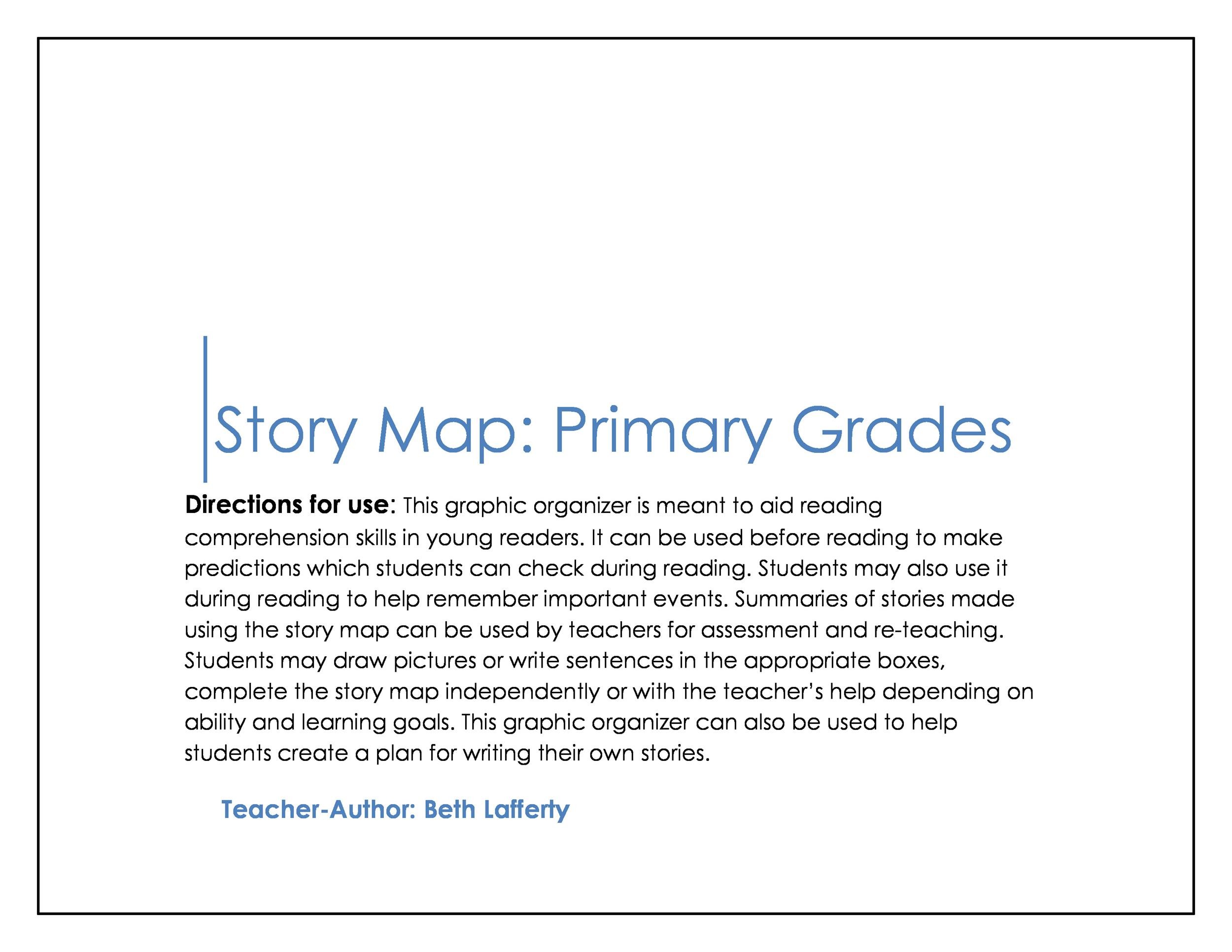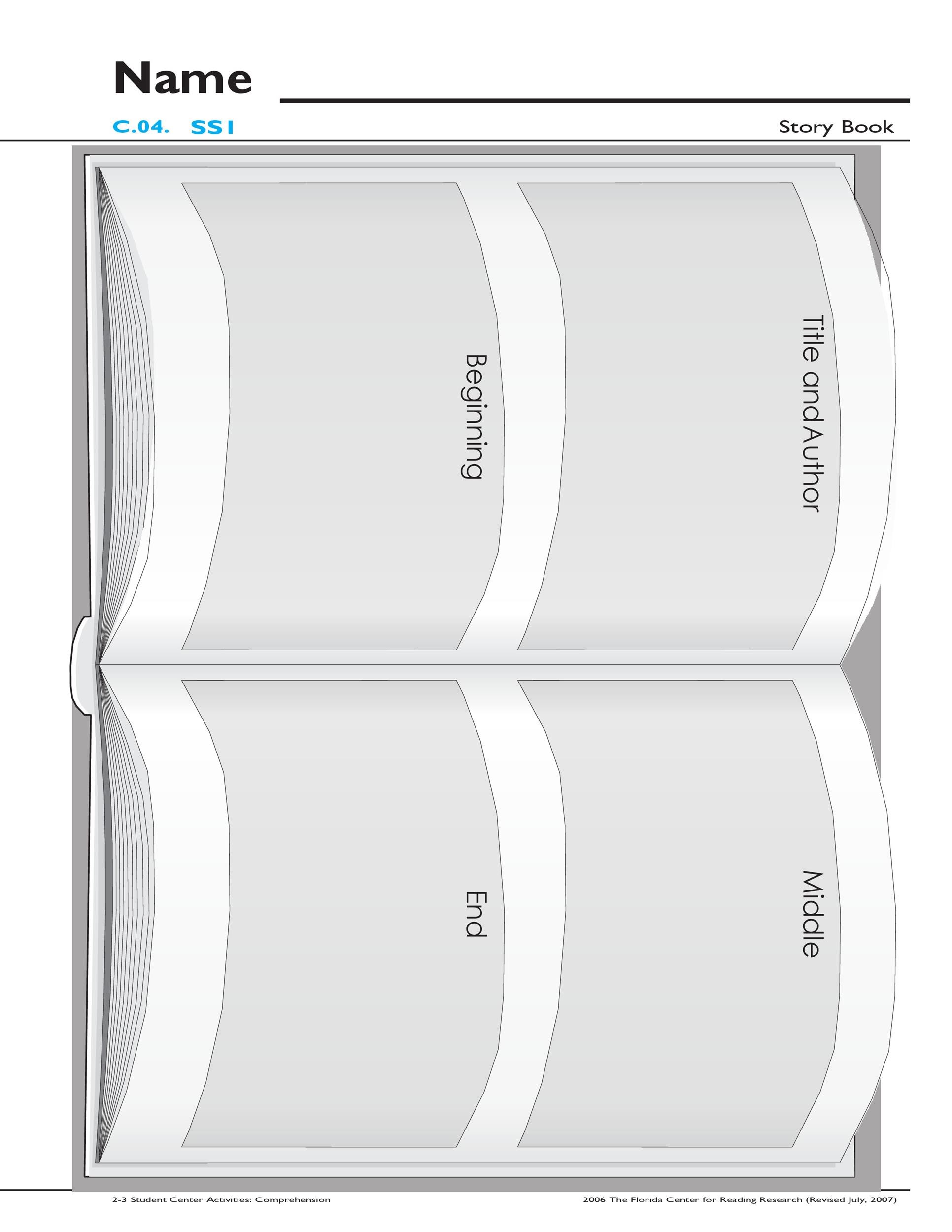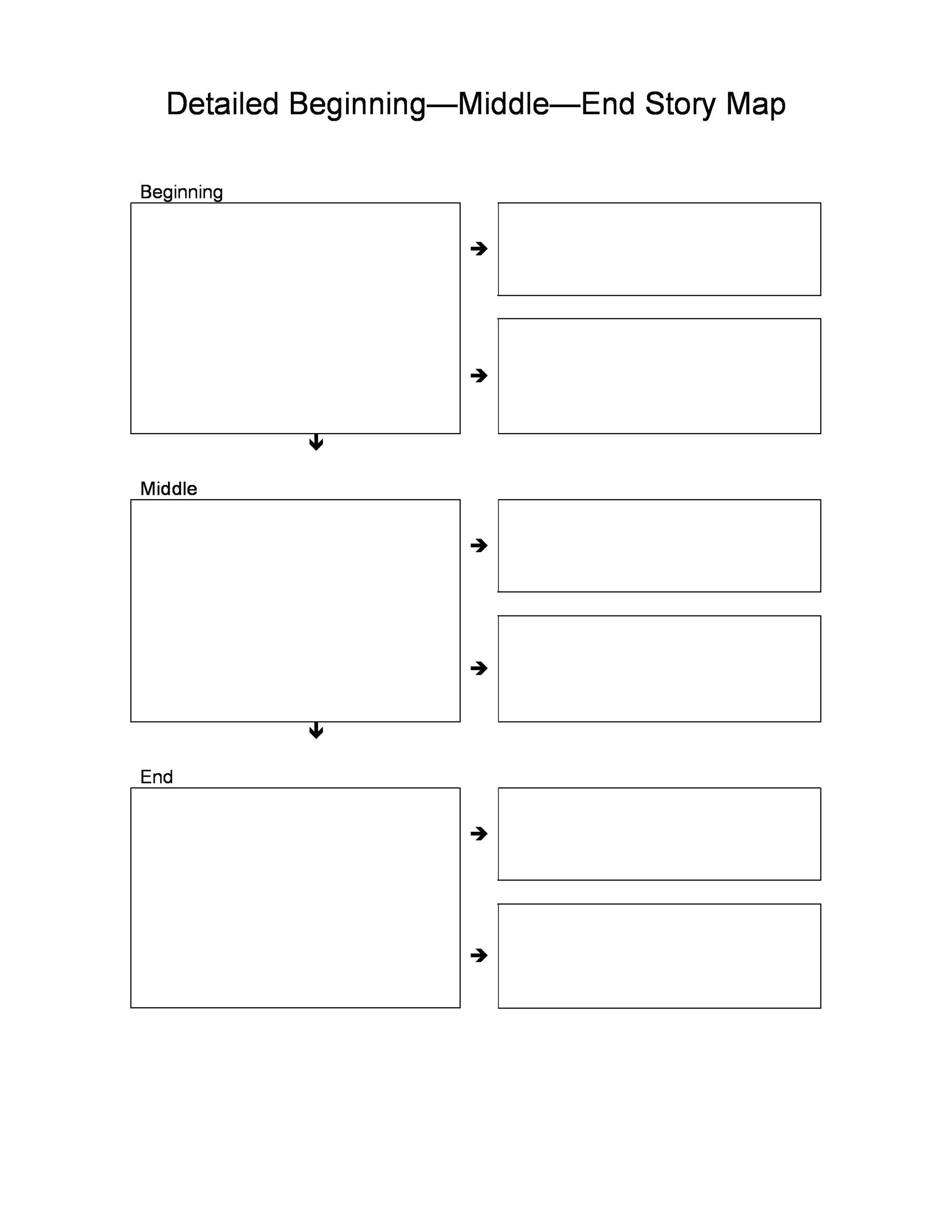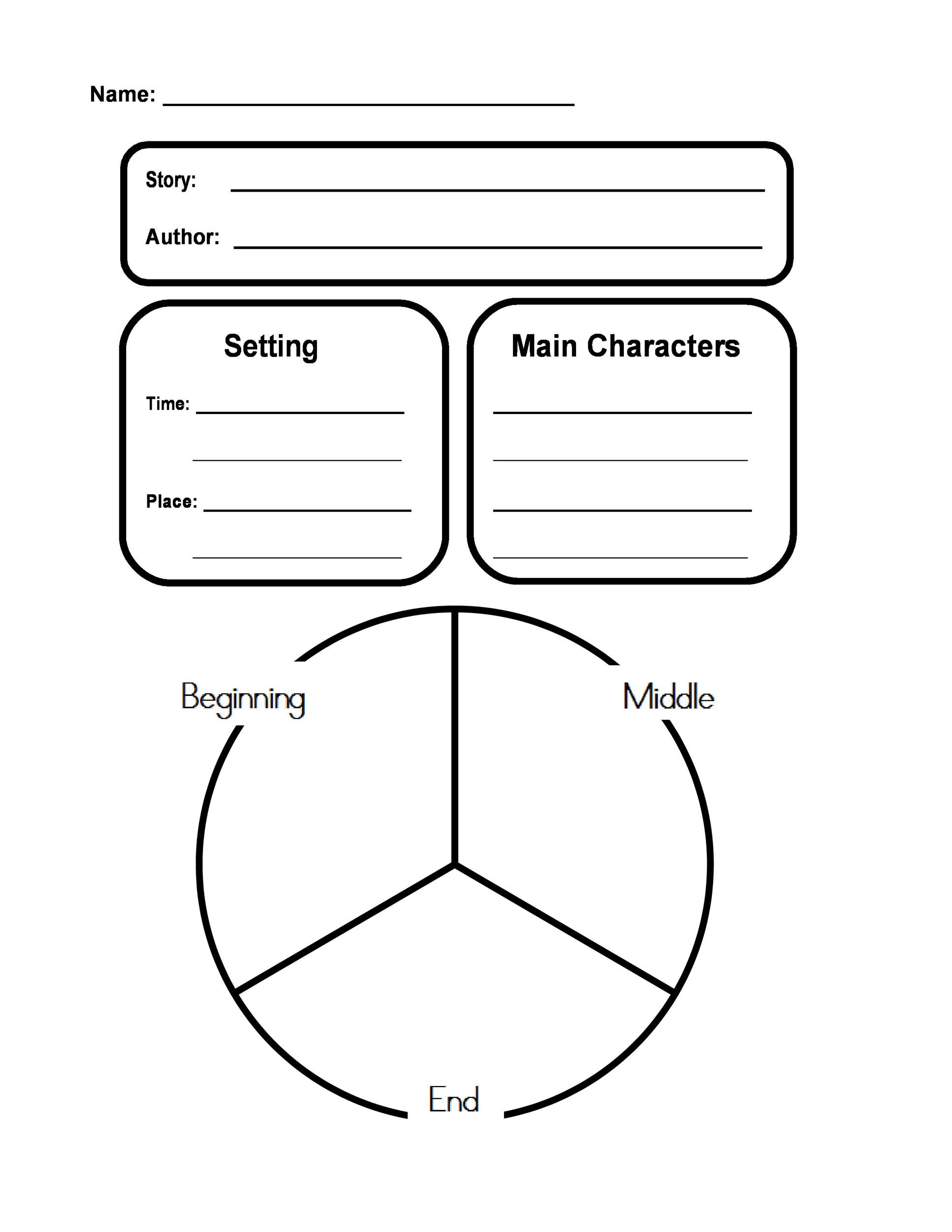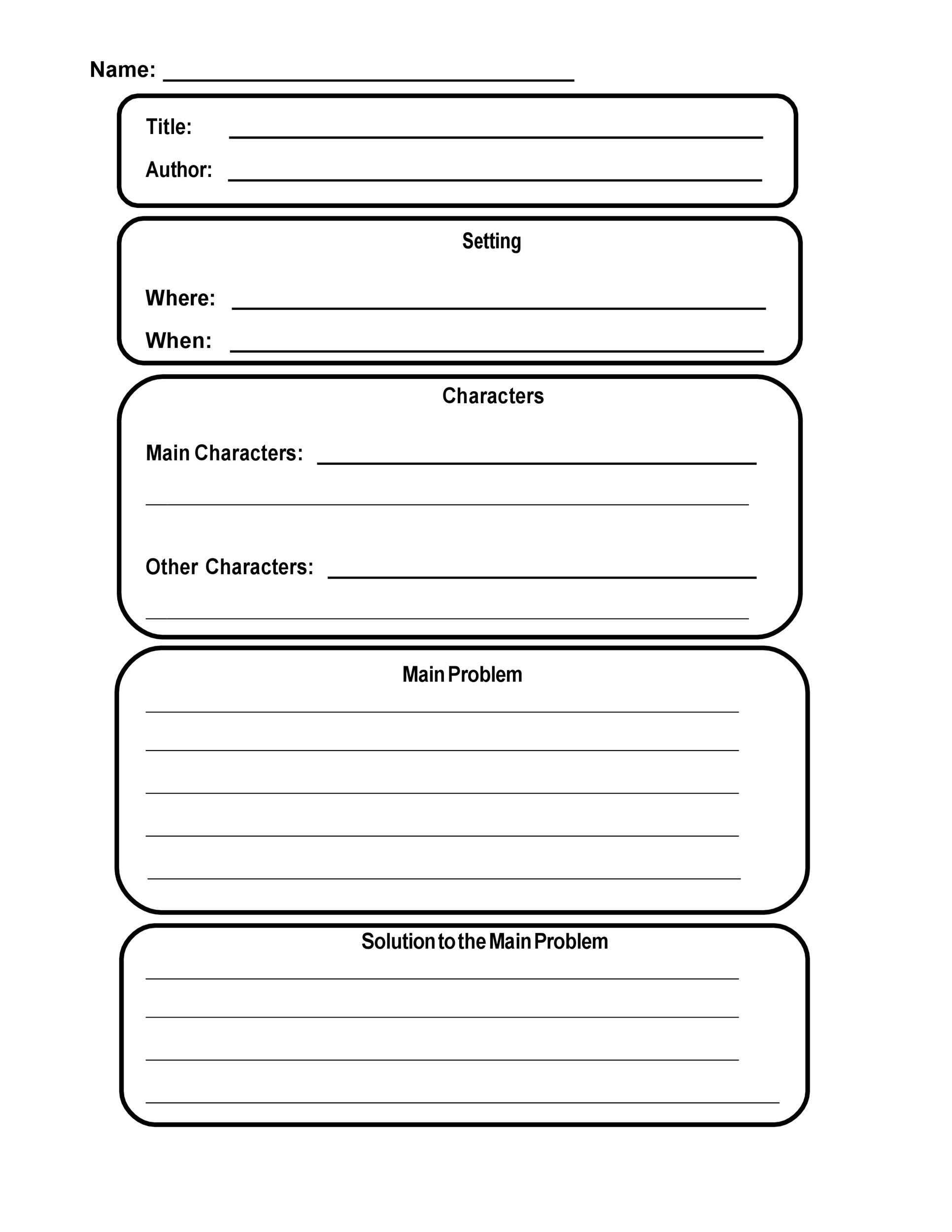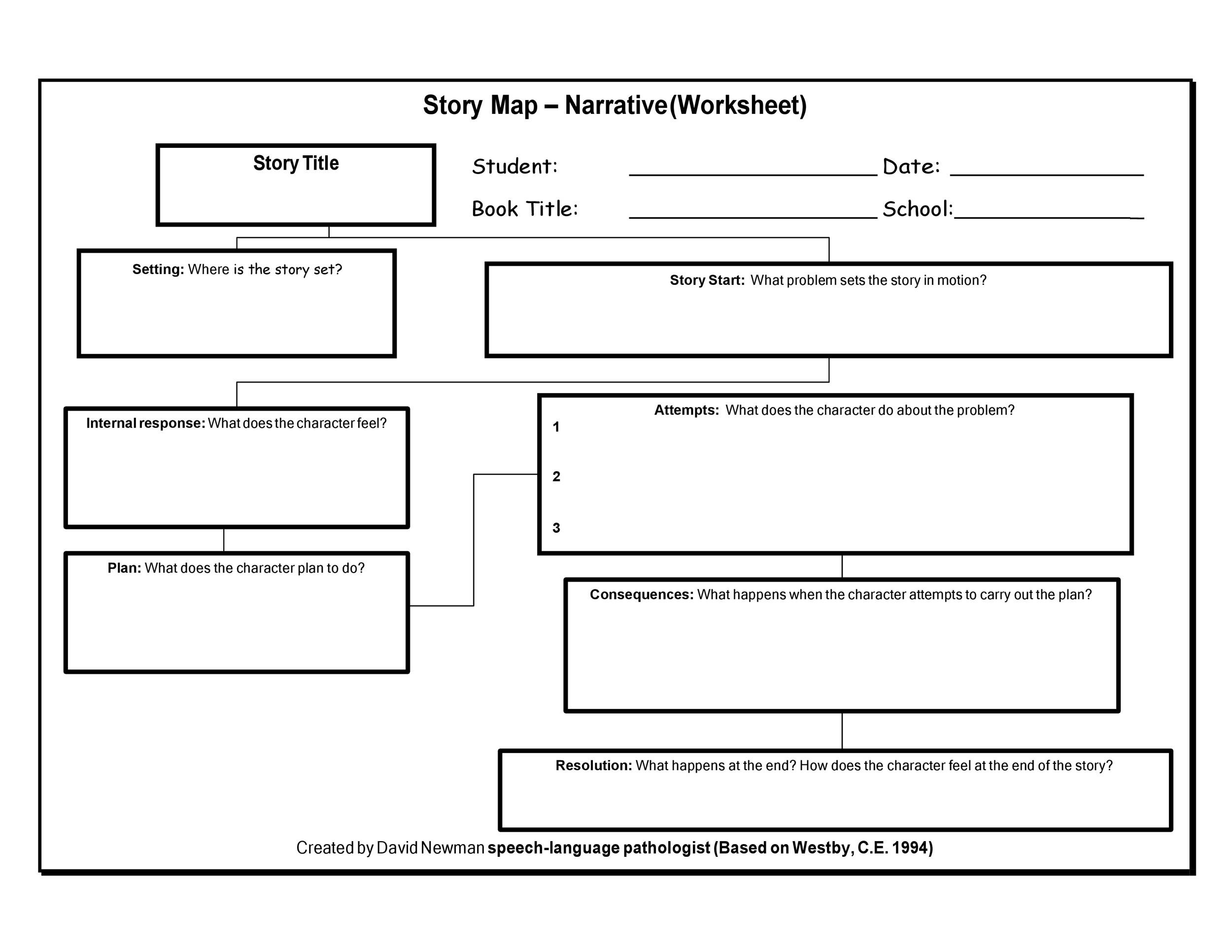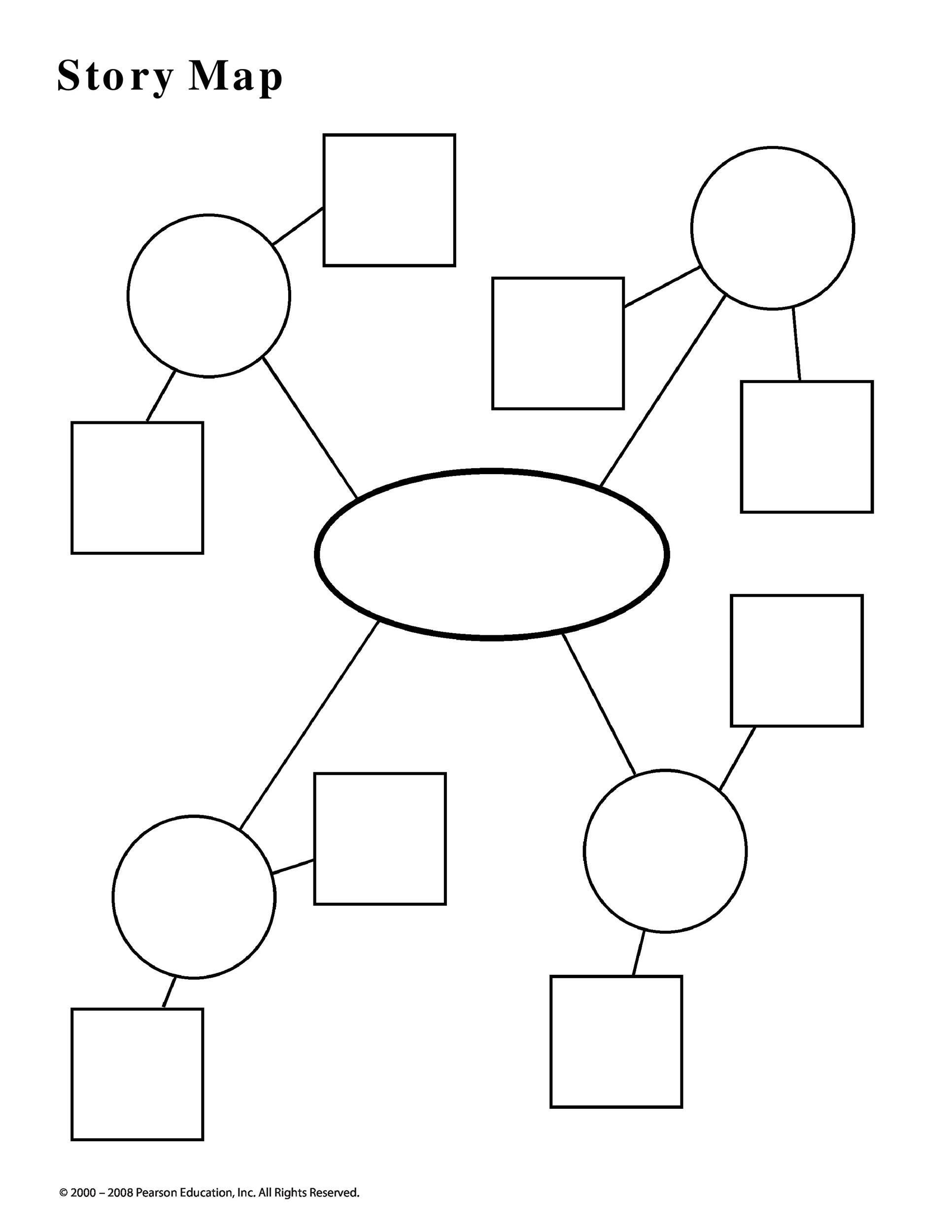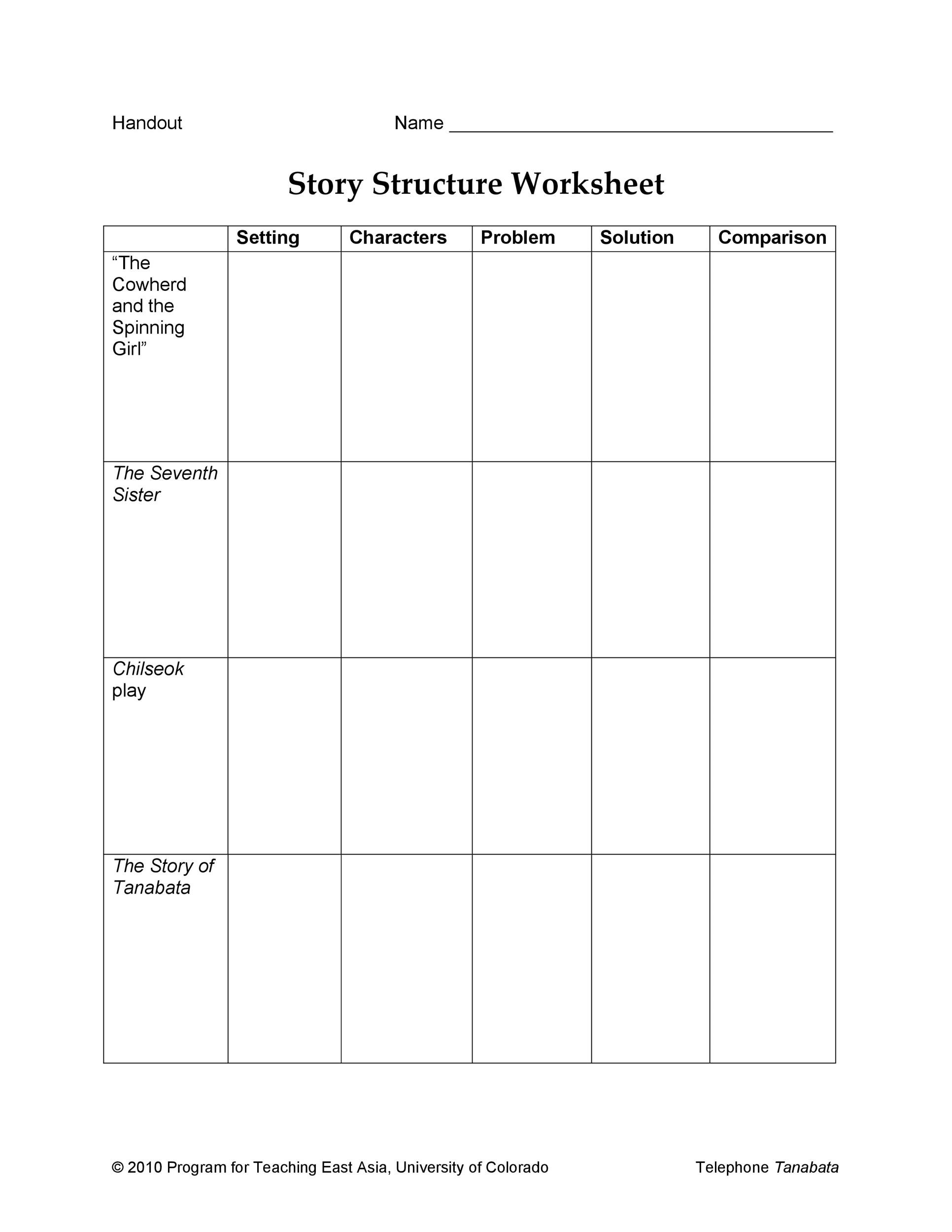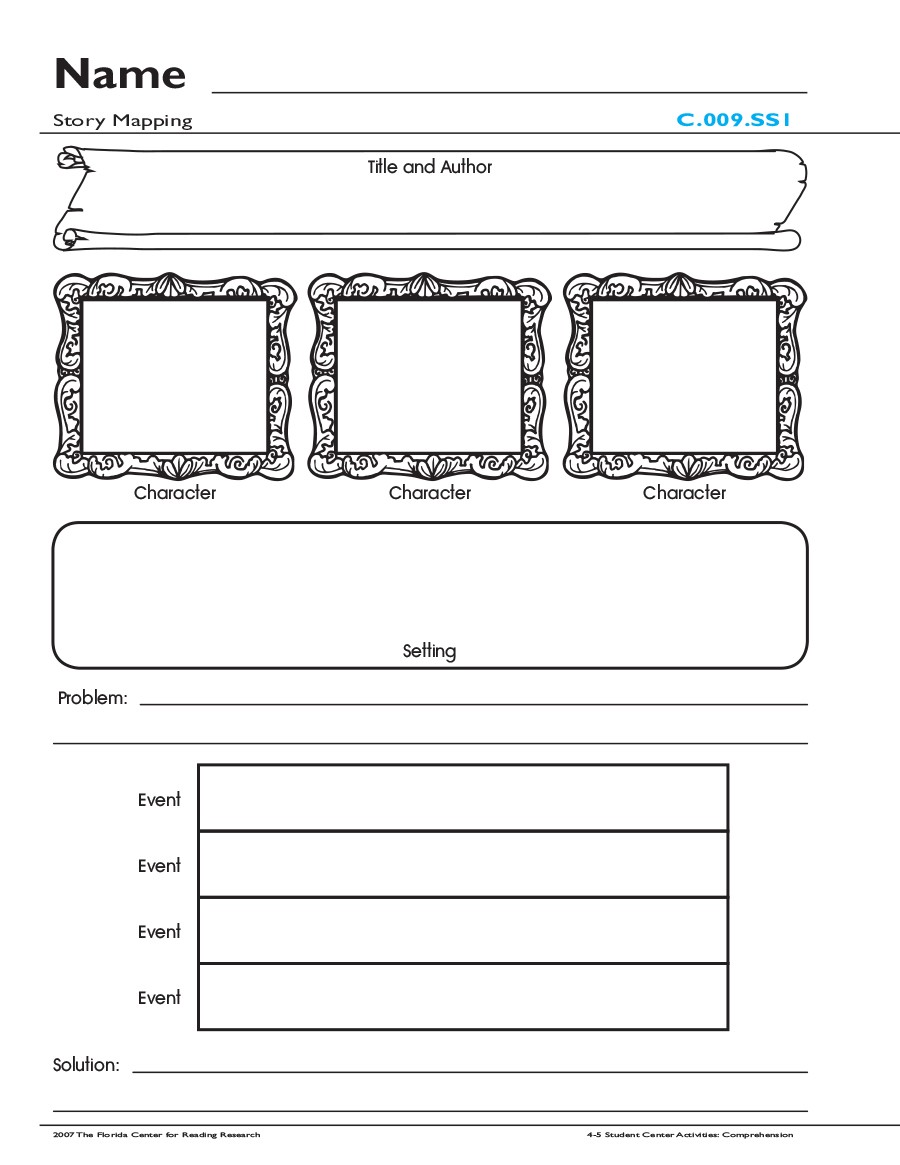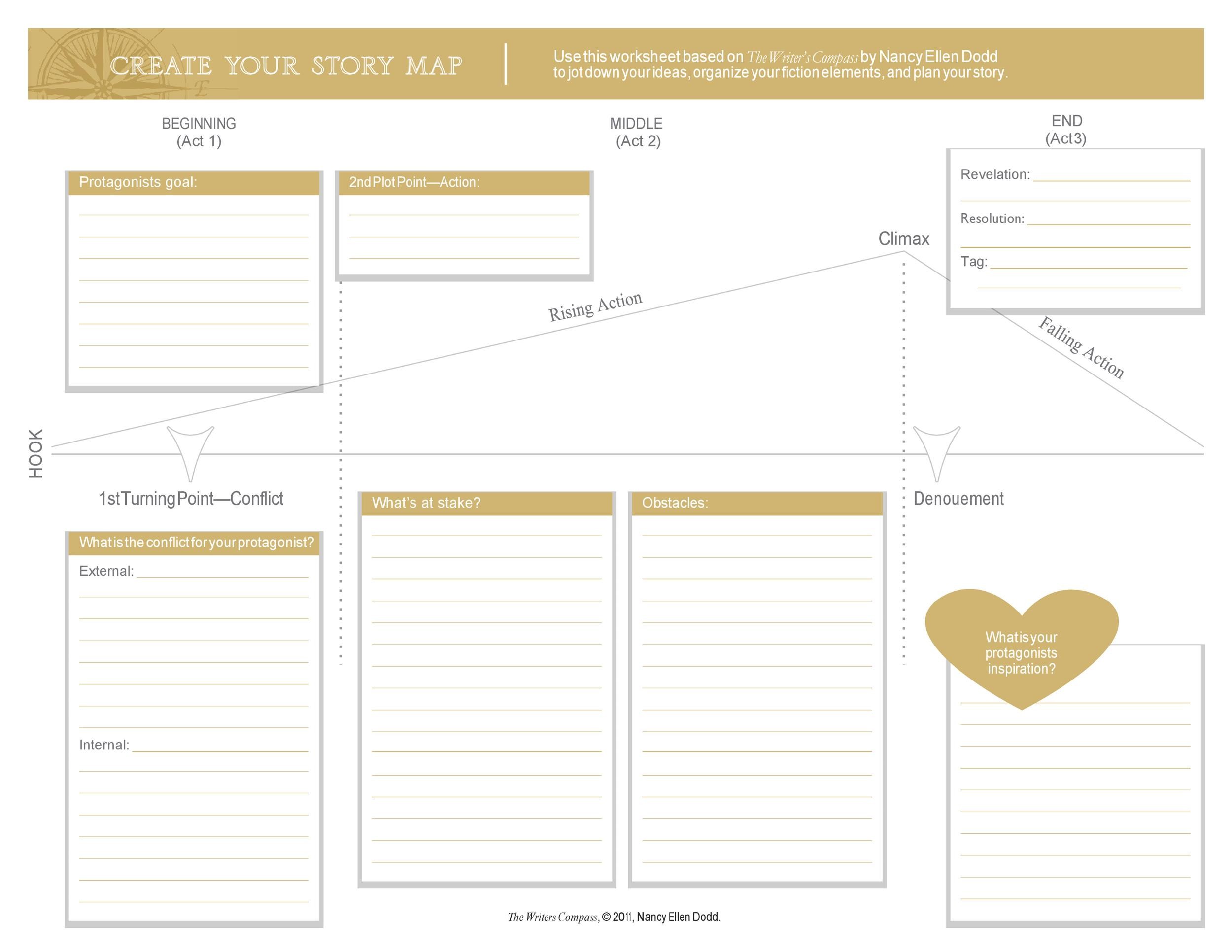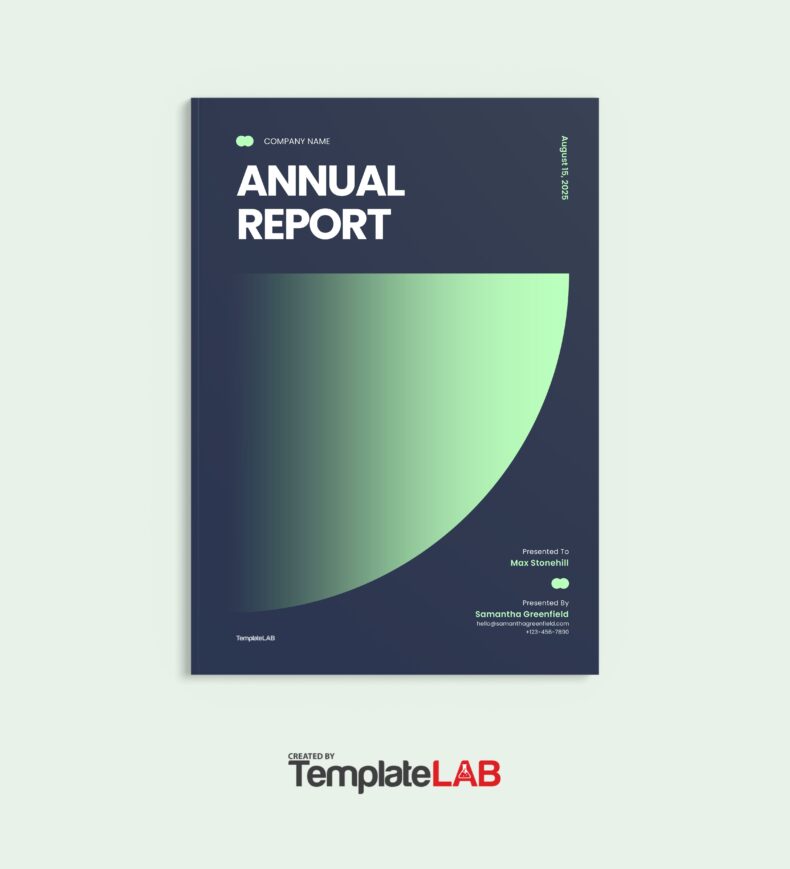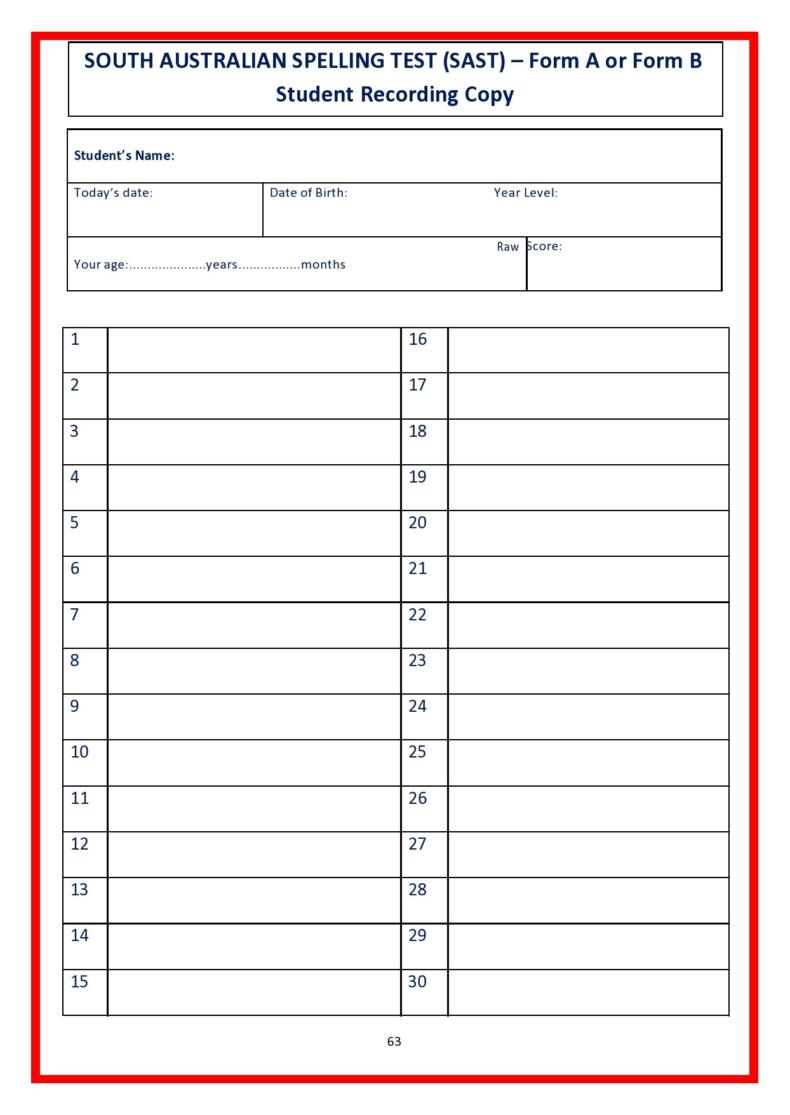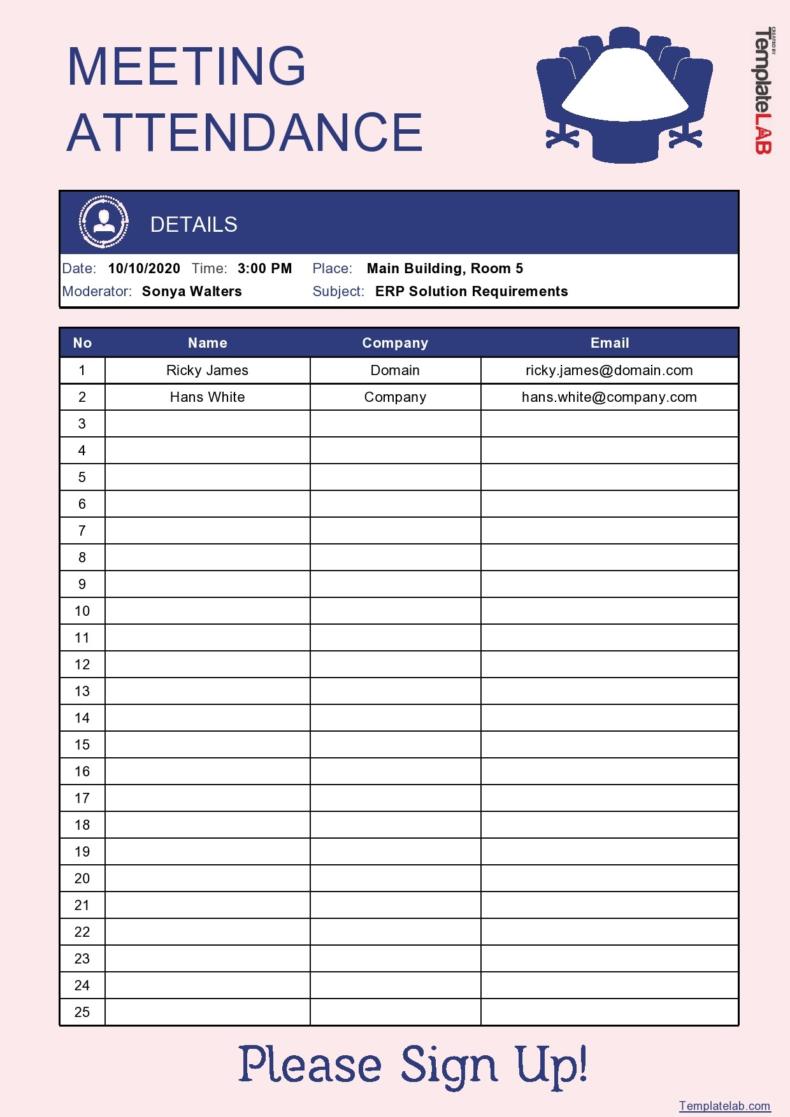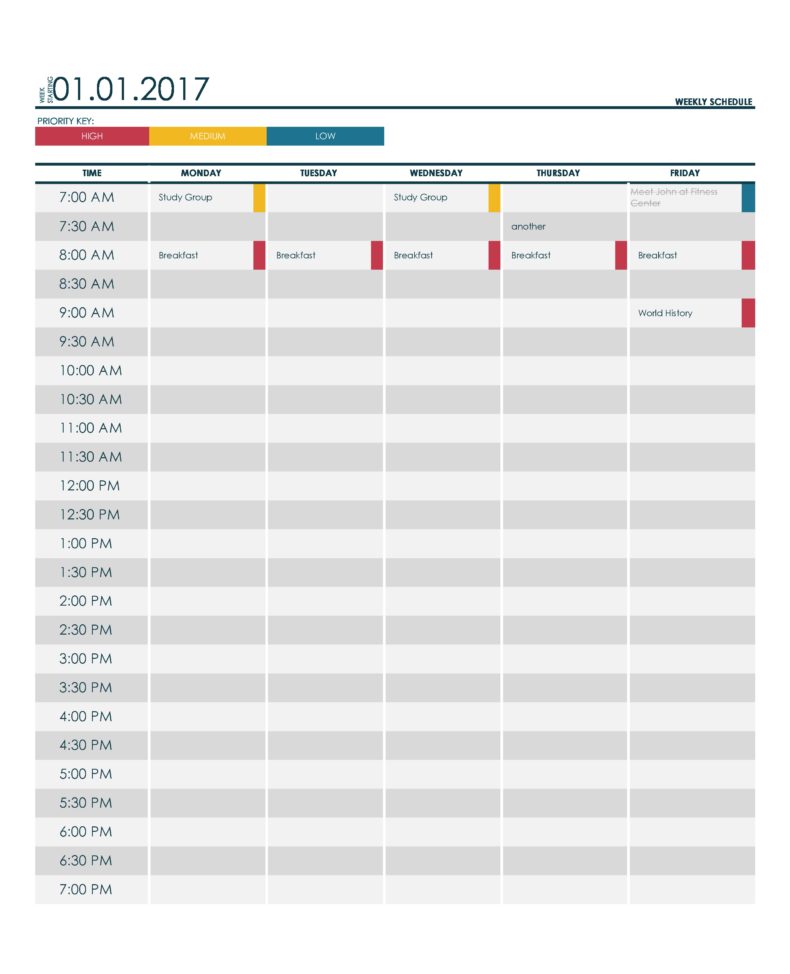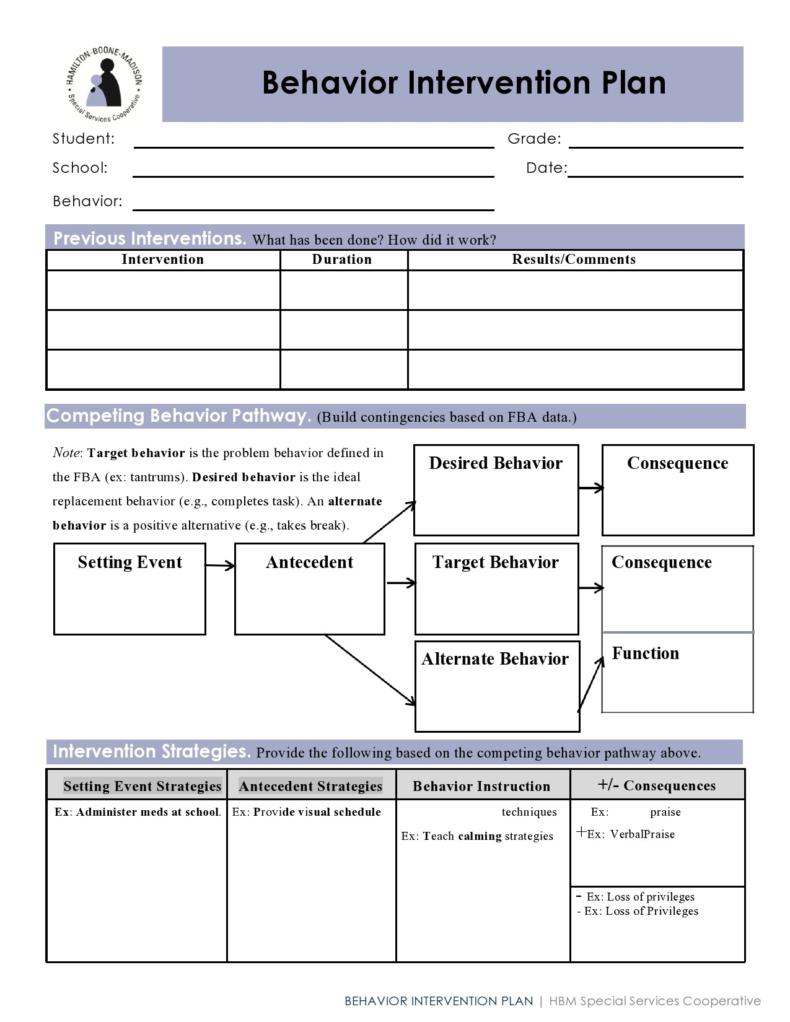Encouraging students to read can be a difficult task for any teacher. Students have their attention stolen in many ways, through social media and various apps, making it hard for them to pick up a book instead of their devices.
However, reading does not need to be a boring chore for students. Teachers can use a story map as a motivating and fun way to get students reading, enabling them to develop a better understanding of a story.
Table of Contents
A story map is a type of graphic organizer that helps students to learn more about a narrative by identifying its different elements. The structure of a story map encourages students to learn more about the characters, the story’s plot, and the setting in detail.
You can download and print a story map template to help your students improve their reading skills, all whilst developing a love of reading itself.
Story Map Templates
What is a Story Map?
Story maps are a type of graphic organizer, designed to help students keep track of the different elements in a fictional story. The story elements can vary, but generally, a story map will include:
- Main characters
- Setting
- Plot (beginning, middle, end)
- Problem
- Solution
However, a story map graphic organizer can be edited to include a variety of different boxes for different elements in a story. This makes them an excellent resource for students who are studying a novel in class.
As a teacher, I know that some students can dread reading. I’ve found that story mapping encourages a deeper understanding of a novel, and therefore a greater appreciation for it.
It’s easy for beginner readers to become disengaged with a novel if they don’t fully understand the plot or key problem. Story maps eliminate this issue, and ensure that students have a clear visual representation of all the aspects of a fictional story.
Additional Elements for a Story Map Template may include:
- Supporting characters
- Character Traits
- Character Development
- Key quotations
- Key themes
- An overall summary of the plot
- Images
Including these additional features in a story map template can help when analyzing a novel in more detail. However, it is important to ensure that students don’t become overwhelmed at the thought of including too much information, as this can be off-putting for students who are not keen readers.
For a more advanced class, however, a detailed story map can be incredibly useful in preparation for essay writing or a test. Students can refer back to their story map template and even continue story mapping as they read and re-read the narrative text during their studies.
Types of Story Map
Story map graphic organizers can be structured in a variety of ways. Generally, the story map layout consists of various boxes, sometimes linked together by arrows. The page may have the title and author of the book written in the middle. The boxes will be different shapes and sizes depending on the aspect of the story being analyzed. For example, the box for ‘setting’ may be smaller than the box for ‘conflict’ or ‘character development.’
However, a story pyramid template is structured slightly differently. A story pyramid will often focus more specifically on key aspects of the story, and be laid out in a pyramid structure. This may be the main character’s name at the top, followed by words to describe them and the setting descending from the top. A story pyramid template can be useful when exploring more specific areas of a novel and can be used multiple times for various parts of the story.
Story Maps Printables
Benefits of Story Mapping
Story maps offer many benefits for students and teachers. When students are demotivated to read, this can often be due to a lack of understanding of a text. Story map templates not only help to eliminate this issue, but they can actually help students to enjoy the process of reading.
- Improve Reading Comprehension Skills
Students who use story map templates when reading a novel will improve their reading comprehension exponentially. Younger students in particular can become overwhelmed by reading a novel, particularly if there are lots of characters or complex themes. Using a story map helps to eliminate this overwhelm and allows students to develop a wider understanding of the text.
At a more advanced level, readers can use a story map template to help them consider the author’s intentions in more detail. By exploring key themes and the links between different plot points in a story, students can understand why an author has made specific choices, and therefore develop their opinions and arguments in their essay writing. - A Clear and Easy Way to Organize Information
Story maps are effective because of their simplicity. The structure of a story map template is easy to adapt and students can clearly see where specific information should be written. Graphic organizers like this can develop students’ ability to organize and summarize key information in a given space.
A story map template encourages students to write in a concise manner and avoid filling in their boxes with unnecessary details. This is an essential skill for students to develop, particularly at a higher level.
The clarity of a basic story map template makes it an excellent study tool. Students can refer back to their story map when preparing for an exam or when writing an essay, and be able to clearly identify specific aspects of a text. - An Accessible and Adaptable Framework
The fear that many students have about reading a novel can often stem from their confusion about analyzing a detailed plot or losing track of a story with seemingly too many characters. Story maps give learners a framework that they can use to feel more confident when discussing a story.
Story map templates are easy for teachers to create, adapt, and customize, which means you can easily differentiate them for all students’ needs. For young learners, a basic story map with fewer boxes and less space to write may be preferred, whilst older learners will benefit from a deeper analysis of the story.
A more advanced story map will include space for different elements of a story, such as secondary characters, the setting, and a description of different stages of the story, such as how conflict builds. - A Useful Tool for Studying
Older students will benefit from creating a story map template when preparing for an exam or when planning an essay. A story map template is a clear and efficient style of graphic organizer, making it the perfect choice when writing a book report or studying for a test.
Students can easily refer back to their story map template to review key events or the story structure, as well as helping them to fill in any gaps in their knowledge about the novel. For example, if a student initially left a box blank on their story map template, they can research these missing parts during their studies, creating a complete story map template to use when studying.
Story Map Worksheets
How to Use Story Maps
Story maps can be used in a variety of ways to support students’ understanding of stories. However, they are generally used after the reading of a text in class so that students can complete all the designated boxes.
- Assess students’ prior knowledge of story components
You can do this through a game at the beginning of class, or simply by explaining each component to students if they are beginner readers. Components will include plot (problem and solution) characters, and setting. - Read the novel, either as a whole-class read or as assigned homework
For longer, more advanced novels, this will take a longer period of lessons, in which you can discuss elements of the novel throughout. - Complete a story map template as a class
Using a whiteboard or chart paper, elicit characteristics of the novel from your students and complete a story map. This provides students with an example from which to follow. With this in mind, be sure to leave some sections blank or with shorter responses, so that students can add their own ideas individually. - Ask students to complete a blank story map template
Each student can then complete a story map individually, using the whole-class template as an example. - Use story maps whenever you read a novel as a class
Once students are confident using story maps, you can use them more frequently in class. Students can even create and complete story maps during the reading of a story, to help them establish an initial understanding of the text at the beginning, as well as the key theme of the novel as their reading progresses. This can help students familiarize themselves with the beginning, middle, and end of the plot, too.
How to Create a Story Map Template
Story map templates can be created on paper, or using an online tool such as Google Slides or Microsoft PowerPoint. A story map template is easy to create, regardless of whether you choose a classic layout or a pyramid-style template.
- Decide on the type of story map template you want to create
You may prefer a classic story map layout for your students, or perhaps a pyramid style is better suited to the text you are studying in class. - Choose which components you want your students to analyze
This will result from various factors, such as the text you are studying and the students in your class. However, there are typically some key story elements that students will need to be aware of and fill in on their story map template:
Main characters
Key plot points (beginning, middle, end)
Setting
You may wish to add additional story elements to your story map template if your students are learning at a more advanced level. - Craft your boxes to be a suitable shape and size
When designing your story map template, it is important to consider which boxes will require more space. If you are using an online tool, such as Google Slides or Microsoft PowerPoint, you can add boxes to your slide using the ‘insert’ tab. If you are using paper, be sure to sketch boxes that are big enough to fit all the information in. It may be best to experiment with shapes and sizes before you decide on the perfect fit for the story map design. - Add the finishing touches
You may prefer each student to customize their story map templates themselves, and that can be a great way to engage them in the process of completing their work. However, you can add color and images to your blank story map templates to add some uniqueness. The color and image choices should link with the themes or plot of the story. - Print and share your story map template with your students!
Or, if you are teaching online, you can send the story map templates to students to complete, via Google Classroom or through their school email. From there, each student can fill in the details of the story, such as the key events, characters, and a key theme.
Instead of creating your own template, there are story map templates available for you to use. You can simply download and print a free story map template to use with your students. This can save you time designing the story map worksheet yourself, and allows you more time to have interesting discussions about the story with your students.
Story Map Examples
Give Your Students the Tools to Begin Loving Reading
Story mapping using a graphic organizer empowers students to understand fiction writing and it helps them to identify the main ideas efficiently. A narrative text, particularly long or classic stories, can be daunting for learners to read but can provide students with a wealth of new vocabulary, spark creative ideas and develop their reading comprehension skills.
A story map template is an incredibly useful tool to get students excited about reading. You can download and print a free story map worksheet to use in the classroom and help your students to analyze the essential elements of a story.

